LATEST INSIGHTS
Your Present Location: LATEST INSIGHTS-
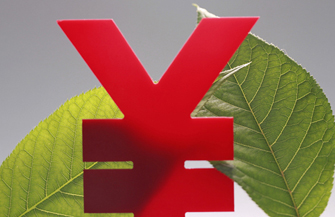
China eyes clean development via green finance
China may introduce an ESG reporting mechanism for listed firms to require more transparency in disclosing information related with environment, social and governance issues, the China Securities Regulatory Commission (CSRC) said Monday.
2018-05-23 -

Liu Zongyi: India seeks major power status by pivot to NK
At the invitation of the North Korean government, India`s Minister of State for External Affairs V K Singh visited Pyongyang last week. His trip surprised international observers, as high-level exchanges have not been seen between the two countries in recent years. The latest was in 2015 when then North Korean foreign minister Ri Su-yong visited New Delhi, the highest-level North Korean official to visit India in more than 30 years. In September of the same year, Indian Minister of State for Hom
2018-05-23 -
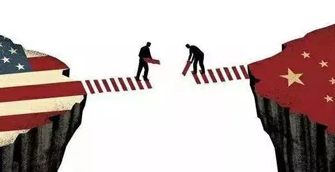
Chen Xiaochen: Make BRICS a Bridge for American Businesses
On May 17th, organized by the Eurasia Center of America and the Embassy of South Africa, a conference themed “Doing Business with the BRICS”was held in Washington, DC. Chen Xiaochen, director of the International Studies Department of Chongyang Institute for Financial Studies at Renmin University of China (RDCY), was invited to attend the meeting and gave a keynote speech.
2018-05-23 -
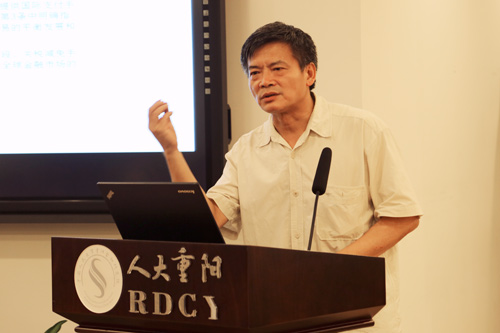
Lei Da: Where will neo-liberalism in international economic order go?
On the evening of May 15, RDCY Seminar Series No.113 was held in Chongyang Institute for Financial Studies at Renmin University of China (RDCY). Lei Da, a professor at the School of Economics at Renmin University of China, was invited to give a lecture. He focused on the development of neo-liberalism and the international economic order, providing a profound and unique analysis for the historical development and interrelationships of the past few decades of neo-liberalism, financial liberalizati
2018-05-22 -
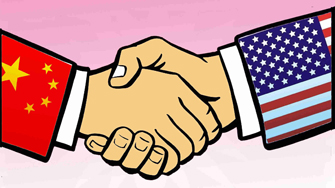
John Ross: Liu He’s Washington visit leads to `win-win’ outcome
The negotiations in Washington between the special envoy of President Xi Jinping and China`s vice premier Liu He, and a US economic team including treasury secretary Steven Mnuchin, showed the extremely responsible attitude of China towards trade talks with the US. China sought to ensure the development of the prosperity of its people while securing, not merely in words but in reality, a `win-win’ outcome for both itself and the US - while strengthening the global framework for world trade.
2018-05-22 -

Liu Zongyi: A long road ahead for India–China relations
On 27–28 April 2018, Chinese President Xi Jinping held an informal meeting with Indian Prime Minister Narendra Modi. The meeting, which took place just over a month before the Shanghai Cooperation Organization summit that Modi has decided to attend, reflects India’s urgent desire to boost relations with China. The informal meeting also shows that China is willing to receive Modi with extraordinary treatment and that it respects India as a major power.
2018-05-21 -
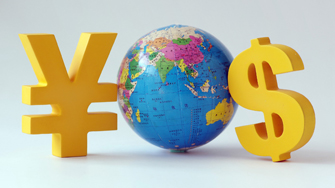
Liu Zhiqin: Sino-US trade talks -- A textbook for all
Recently two dramas are being presented on the global stage. One is the trade talk between China and the US; the other is the filing by the EU to the WTO on US tariffs against EU countries.
2018-05-21 -

Belt and Road Initiative: Creating a smoother path
2018 marks the fifth anniversary of the creation of the Belt and Road Initiative. The experience over the past five years has shown that the initiative is not necessarily smooth sailing, nor is it something that can be built overnight. How we overcome the challenges in the future will greatly test the strength and stamina of China’s foreign strategy.
2018-05-21 -

Liu Zhiqin: Despite global mess, there is no Cold War II
Some international scholars believe the world is in the midst of "Cold War II" when they assess the global vicissitudes of the decade and especially what the Donald Trump administration has done in the past year. In their writings, they create an illusion that the Cold War is back and call on people to stay vigilant.
2018-05-18 -
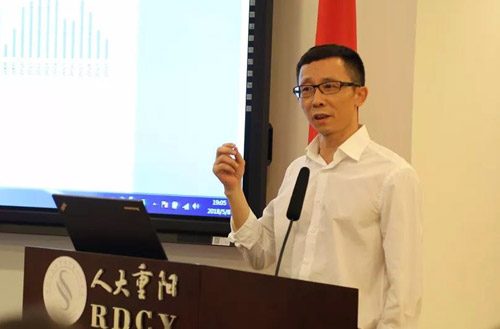
Wang Jinbin: How high will the adjustment cost of China-US trade imbalances
On the evening of May 8, RDCY Seminar Series No.112 was held in Chongyang Institute for Financial Studies at Renmin University of China (RDCY). Wang Jinbin, deputy director of School of Economics of the Renmin University of China, was invited to give a lecture on the global economy adjustment against the context of "economic rebalancing and unsynchronized cycles of the economy and finance" .
2018-05-18 -

Israel embassy move exposes self-seeking US
The United States moved its embassy in Israel from Tel Aviv to Jerusalem on Monday despite the fierce opposition from Arab and other countries. Violent clashes between Palestinian protestors and Israeli soldiers were reported from eastern Gaza Strip close to the border with Israel throughout the day, in which at least 58 Palestinians were killed and more than 2,700 injured.
2018-05-17 -

Ding Gang: The `software` gap between China and Japan
The gap between the two countries can be measured in terms of hard indicators such as GDP, and can also be assessed through attitudes to work, life, and the environment. Although the latter are difficult to measure accurately, they deserve attention.
2018-05-17 -
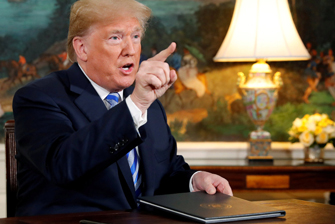
Hua Liming: Iran deal pullout brews trouble
US President Donald Trump pulled the United States out of the Iran nuclear deal and reimposed sanctions on the Middle East country on Tuesday. The deal, formally known as the Joint Comprehensive Plan of Action, was signed by the five permanent members of the UN Security Council (the US, Russia, China, Britain and France), Germany and Iran in Vienna on July 14, 2015, after 18 months of negotiations, and immediately approved by the Security Council.
2018-05-16 -
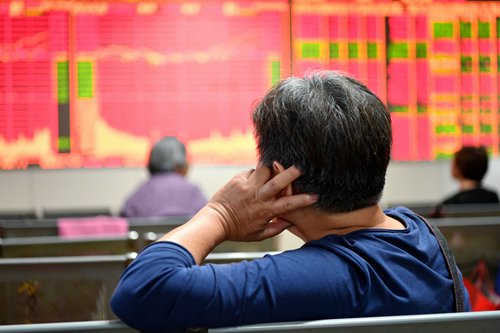
A shares to get boost from MSCI inclusion
US index publisher MSCI announced Tuesday the inclusion of 234 China`s A shares to its influential global equity indices, including the MSCI Emerging Markets Index, making good on a long-discussed plan and offering a significant boost to the Chinese financial market.
2018-05-16 -
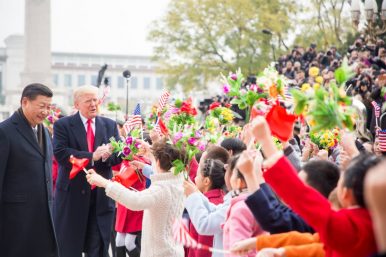
Chen Dingding: The Case of ZTE and US-China Relations
For almost 40 years, since China’s well-known”reform and opening” movement beginning in the late 1970s, the economic relationship has been the solid bedrock of a stable and largely cooperative U.S.-China relationship. Despite the recent complaints about being treated unfairly in each other’s markets, there is no denying that both Washington and Beijing have benefited tremendously from their economic interdependence.
2018-05-15 -
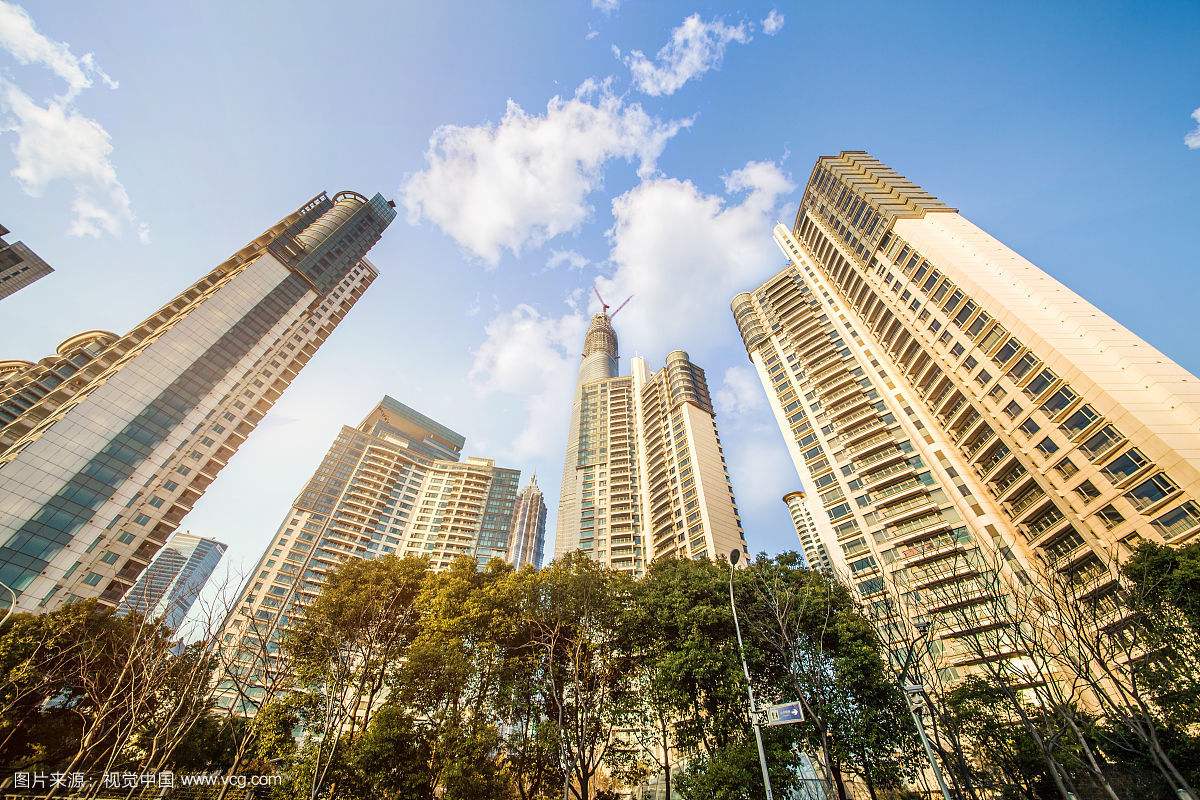
Real estate prices set to cool down
The Blue Book of Real Estate, released on Monday by the Chinese Academy of Social Sciences said that house prices in first-tier cities are unlikely to bounce back in the short term.
2018-05-15 -

John Ross: US data shows no underlying economic acceleration under Trump
Given President Trump`s tax cuts, and his claim that he will strongly accelerate the U.S. long term annual average growth rate to 4 percent, or even higher, considerable attention is necessarily focusing on the latest U.S. GDP figures. Almost simultaneously the IMF published its new five-year prediction for U.S. economic growth. Taking these together therefore provides a significant opportunity to assess whether President Trump`s policies have succeeded in changing the growth path of the U.S. ec
2018-05-14 -
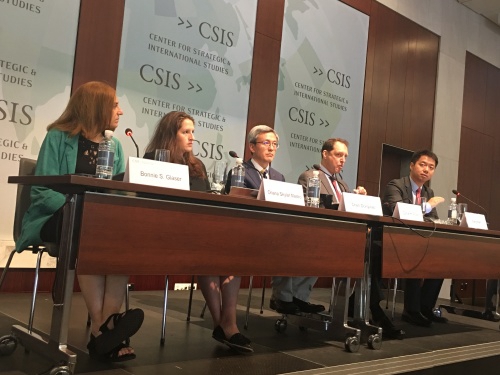
China-US competition: marathon, not boxing
On May 10-11, famous American think tank Center for Strategic and International Studies organized two symposiums in Washington, DC, with the themes "Global Economic Order and China-US Relations" and "China-US Relations in the Past 40 Years". Nearly 200 figures from US political and think tank circles, including Senators, attended the two events in which Chinese ambassador to the US, Cui Tiankai, gave the keynote speech. Former US deputy secretary of state and former president of the World Bank,
2018-05-14 -
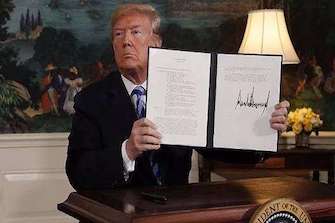
China urges salvaging of Iran nuclear deal
China on Wednesday urged the signatories to the Iran nuclear deal to safeguard the integrity of the agreement after President Donald Trump unilaterally pulled the US out of the pact, raising the risk of confrontation in the Middle East and casting a shadow on the upcoming US-North Korea nuclear negotiations.
2018-05-11 -
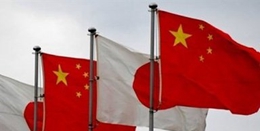
Ding Gang: Japan can still offer lessons for China
On the last day of my recent Japan tour, I visited Kitakyushu Eco-Town. The tour guide presented our delegation with a map of the eco-town: 500 kilometers northeast is Tokyo and 500 kilometers southwest is Shanghai.
2018-05-10

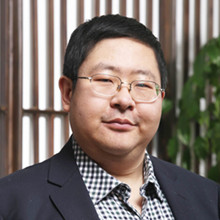

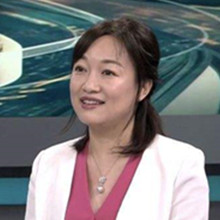


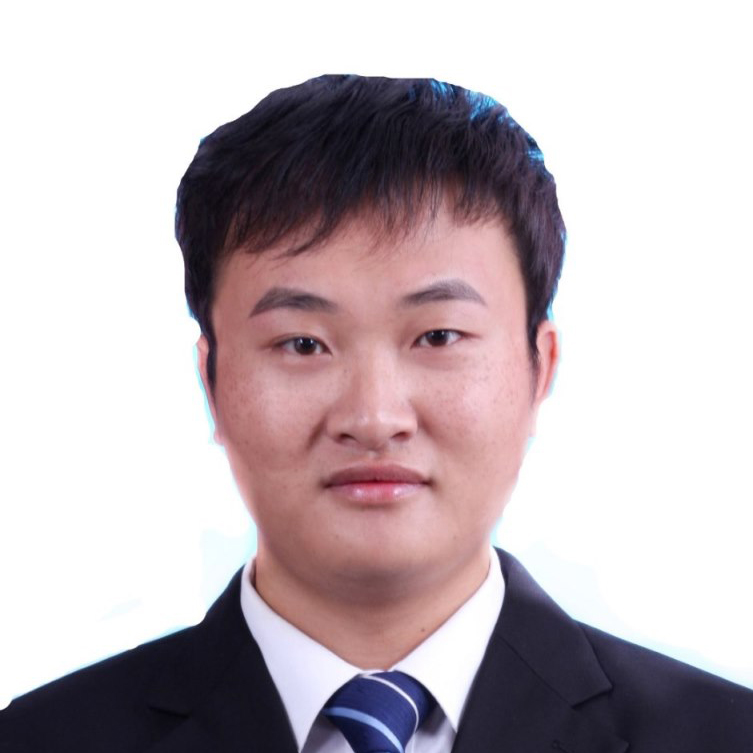
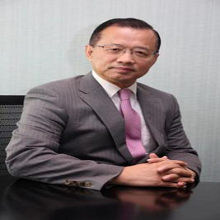

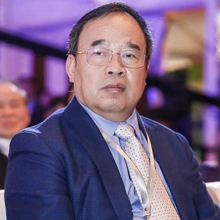
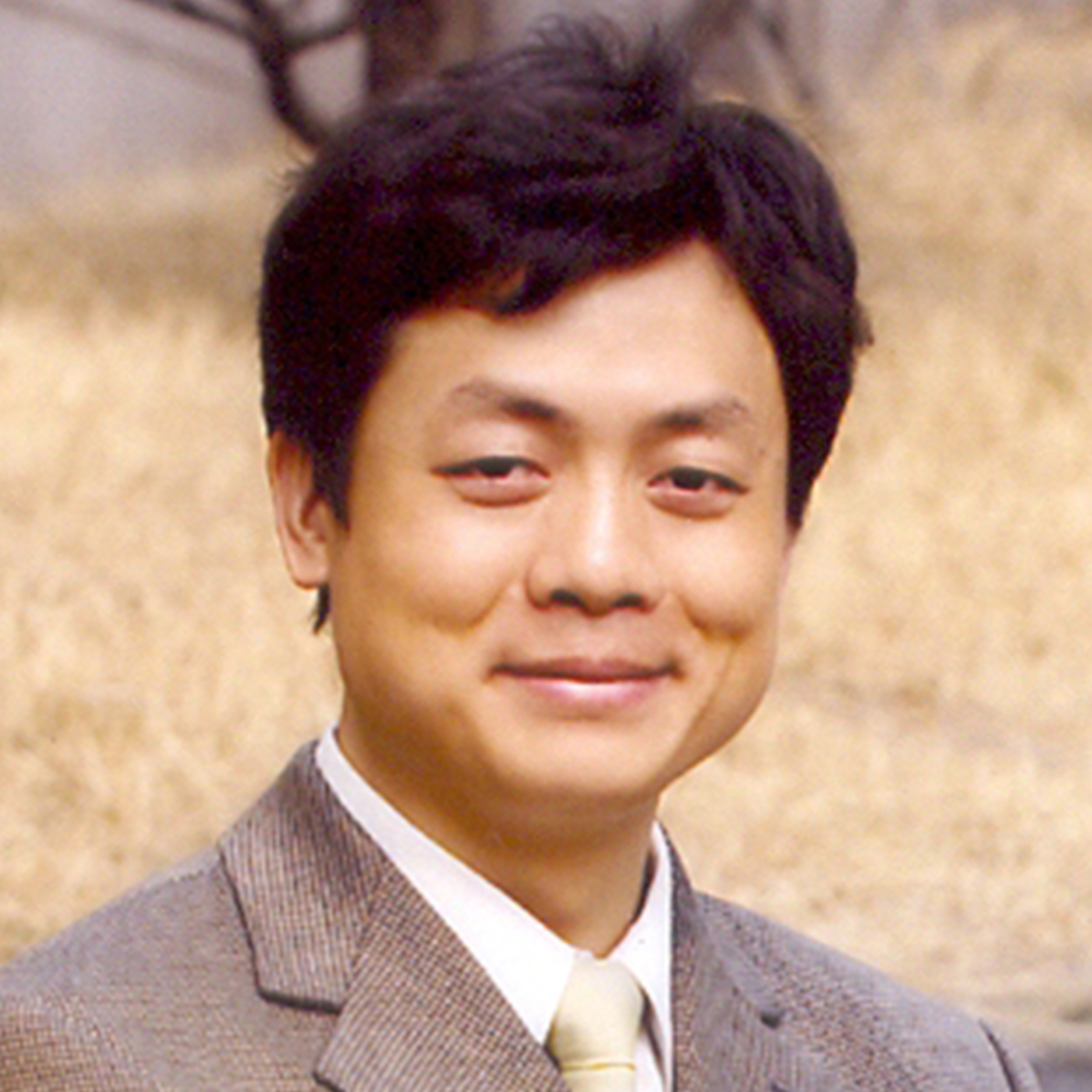
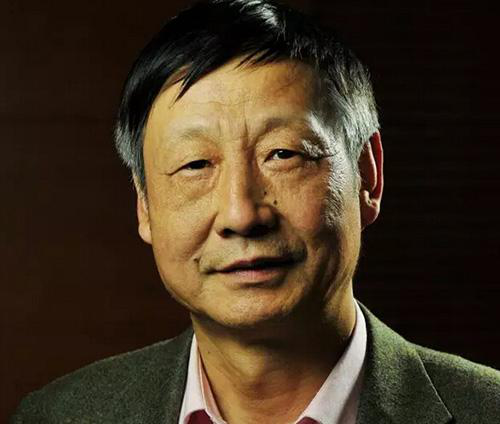
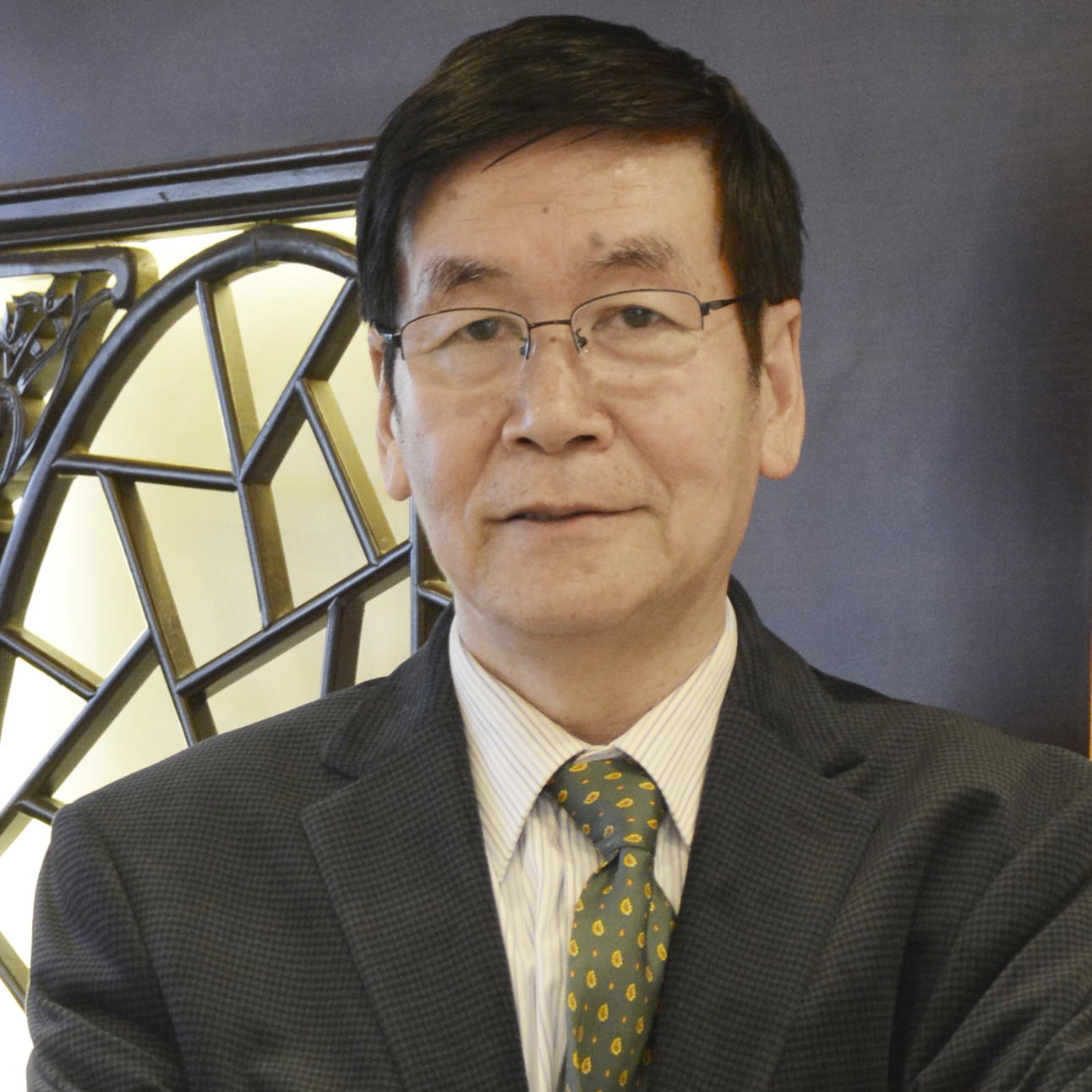
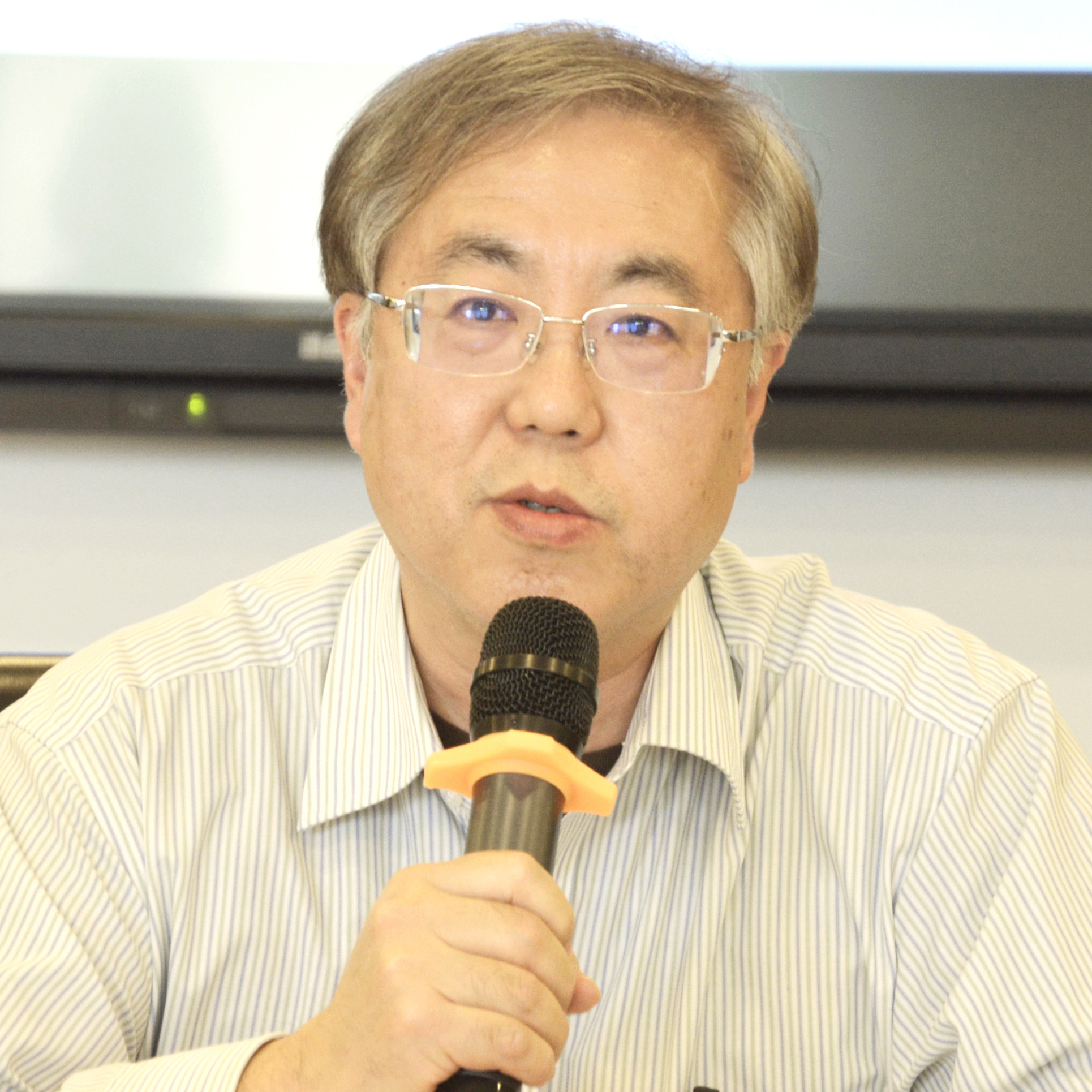

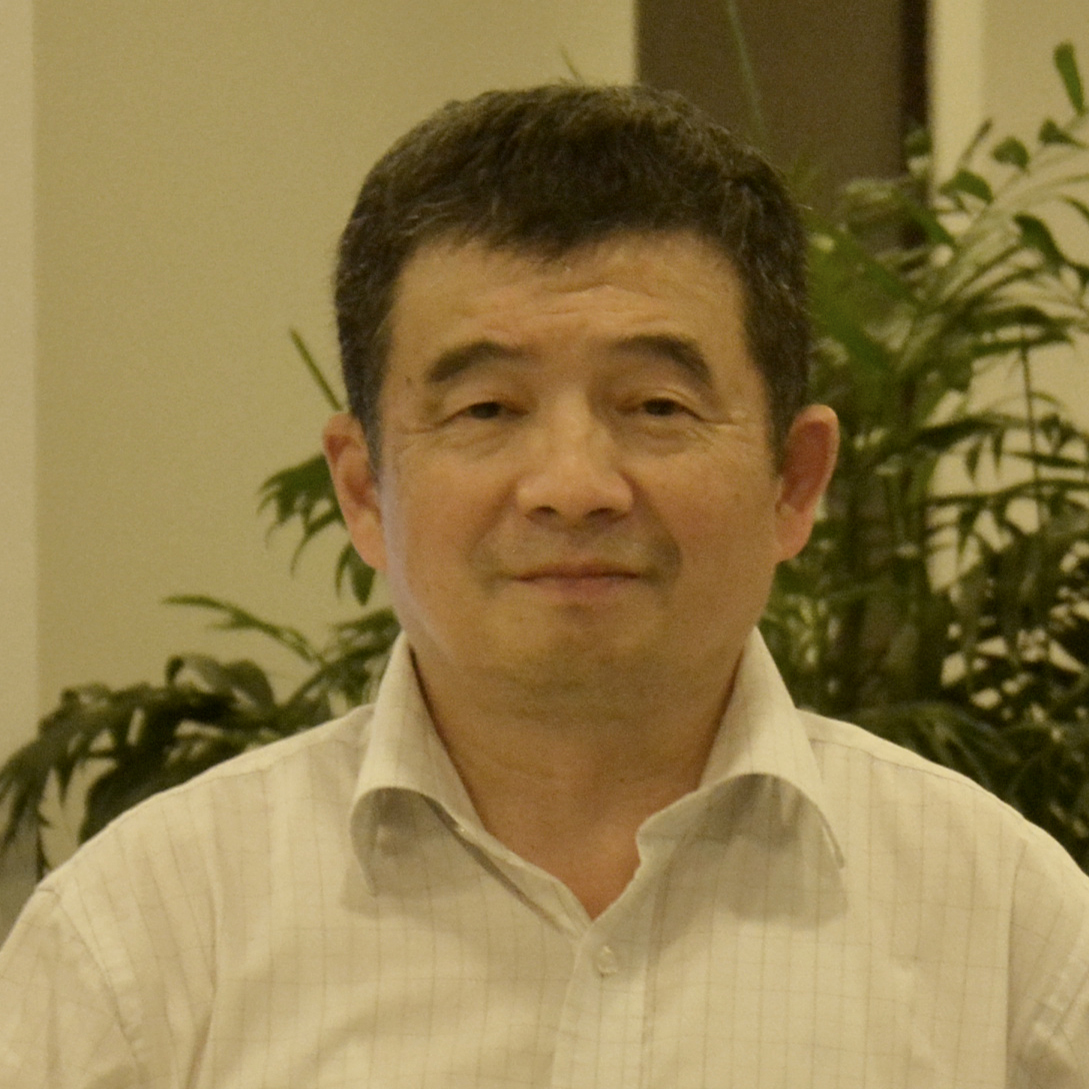
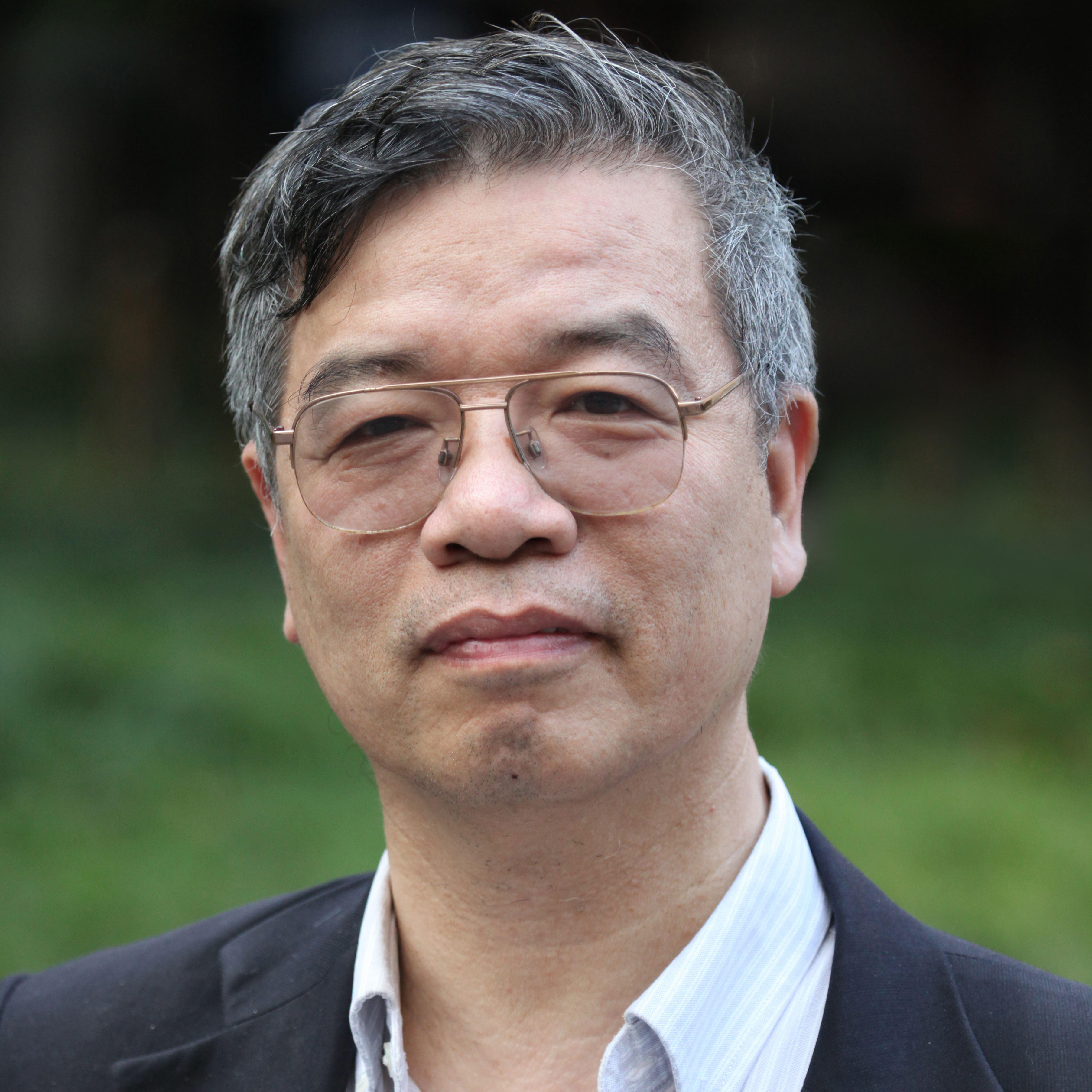
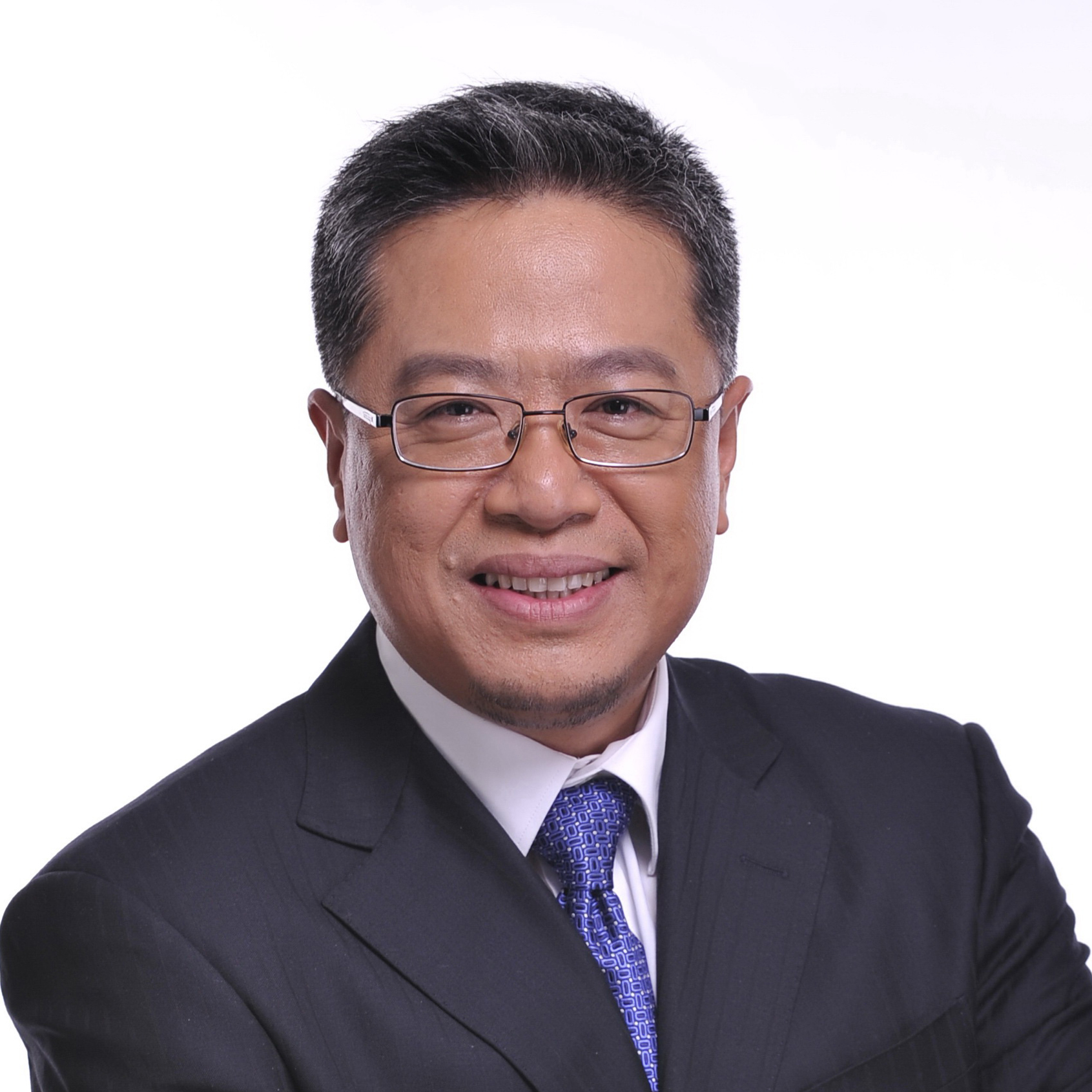
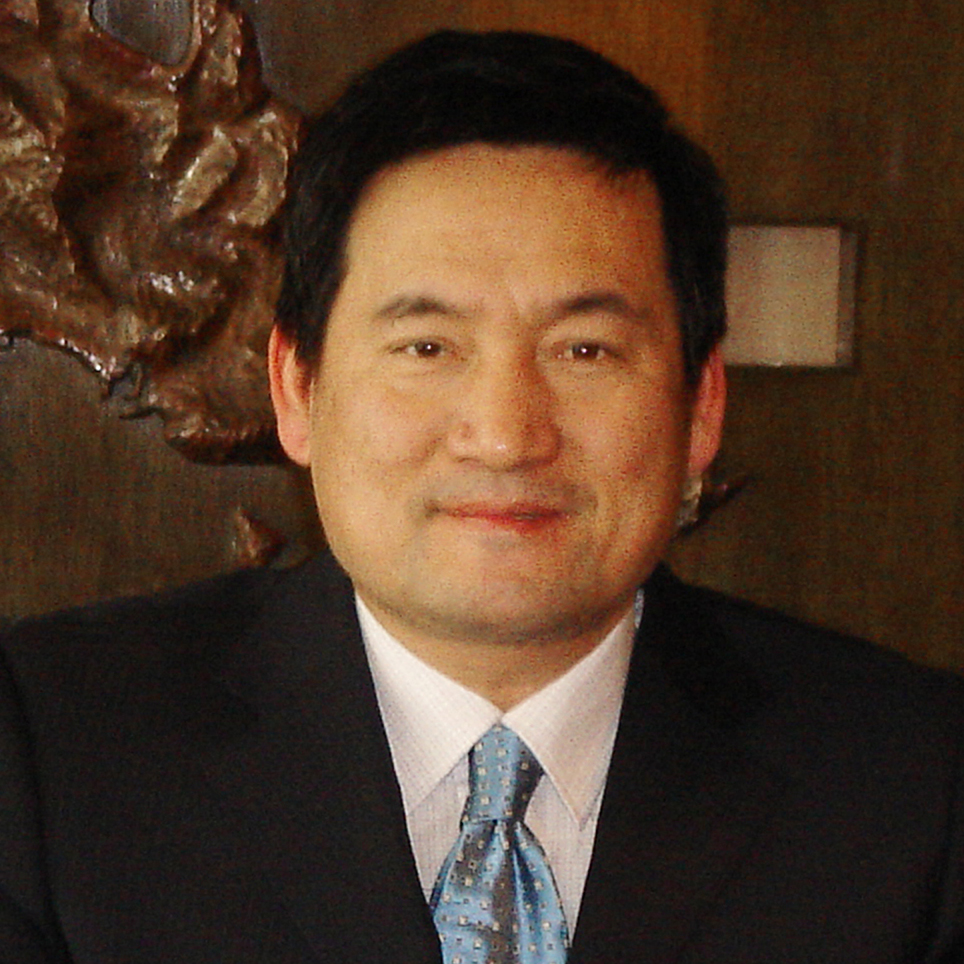


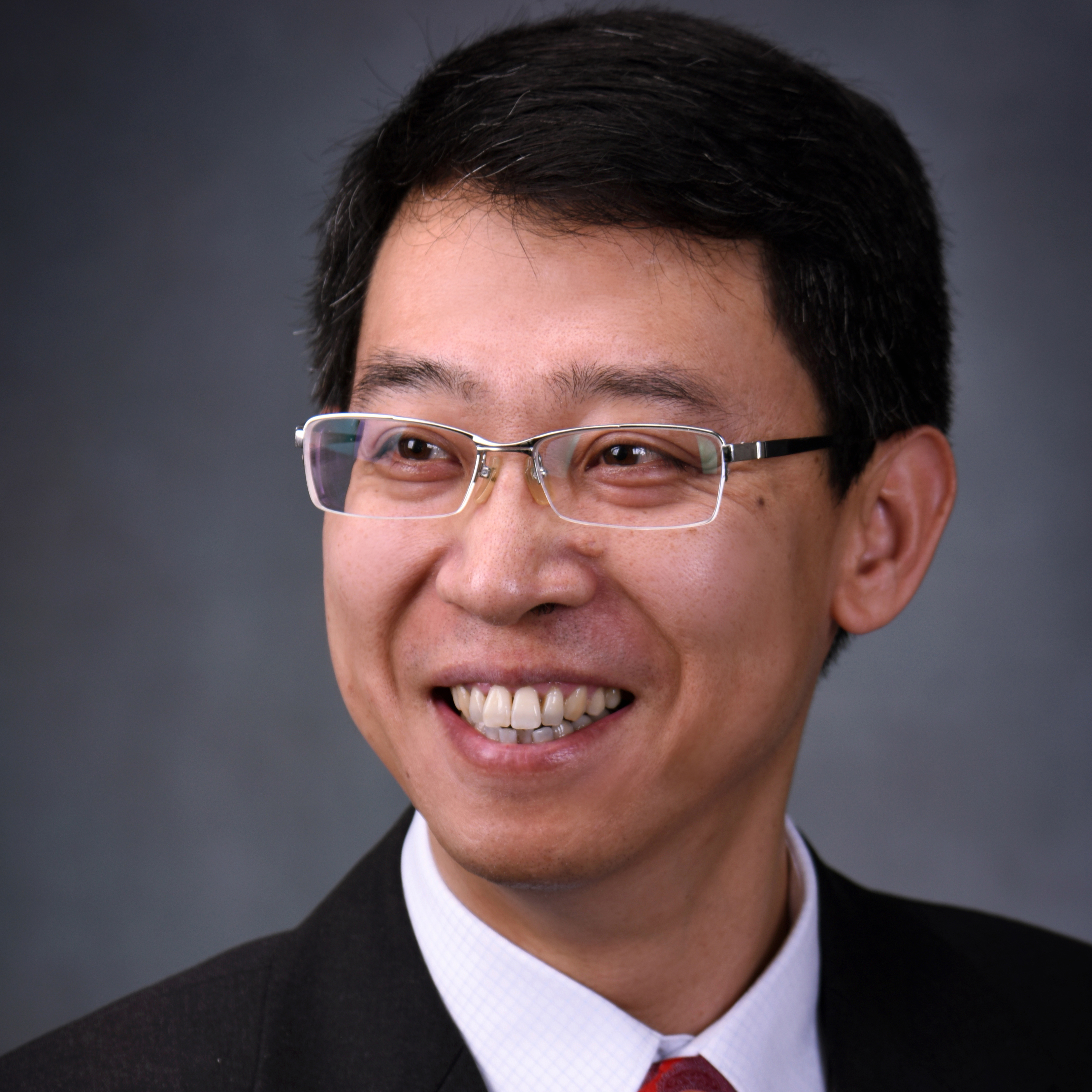

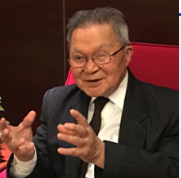
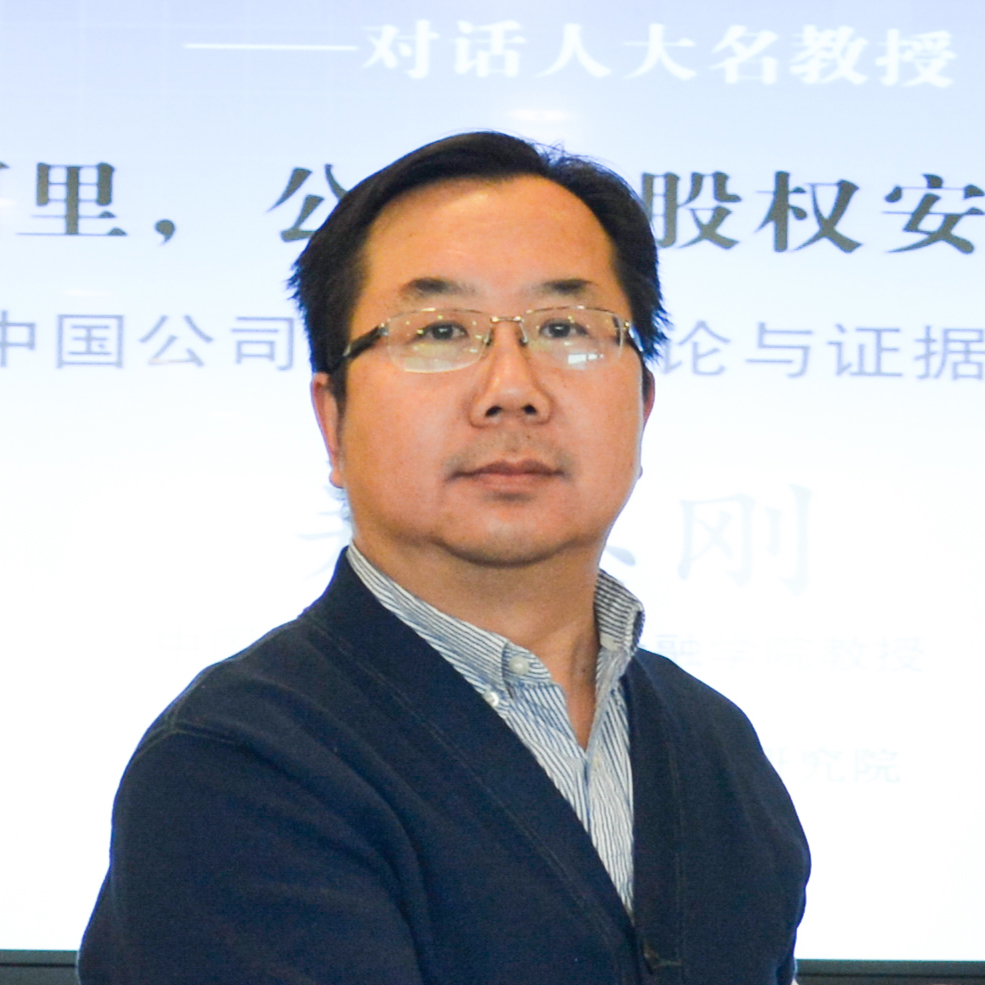
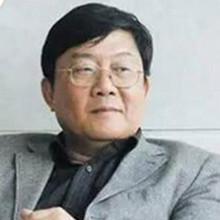

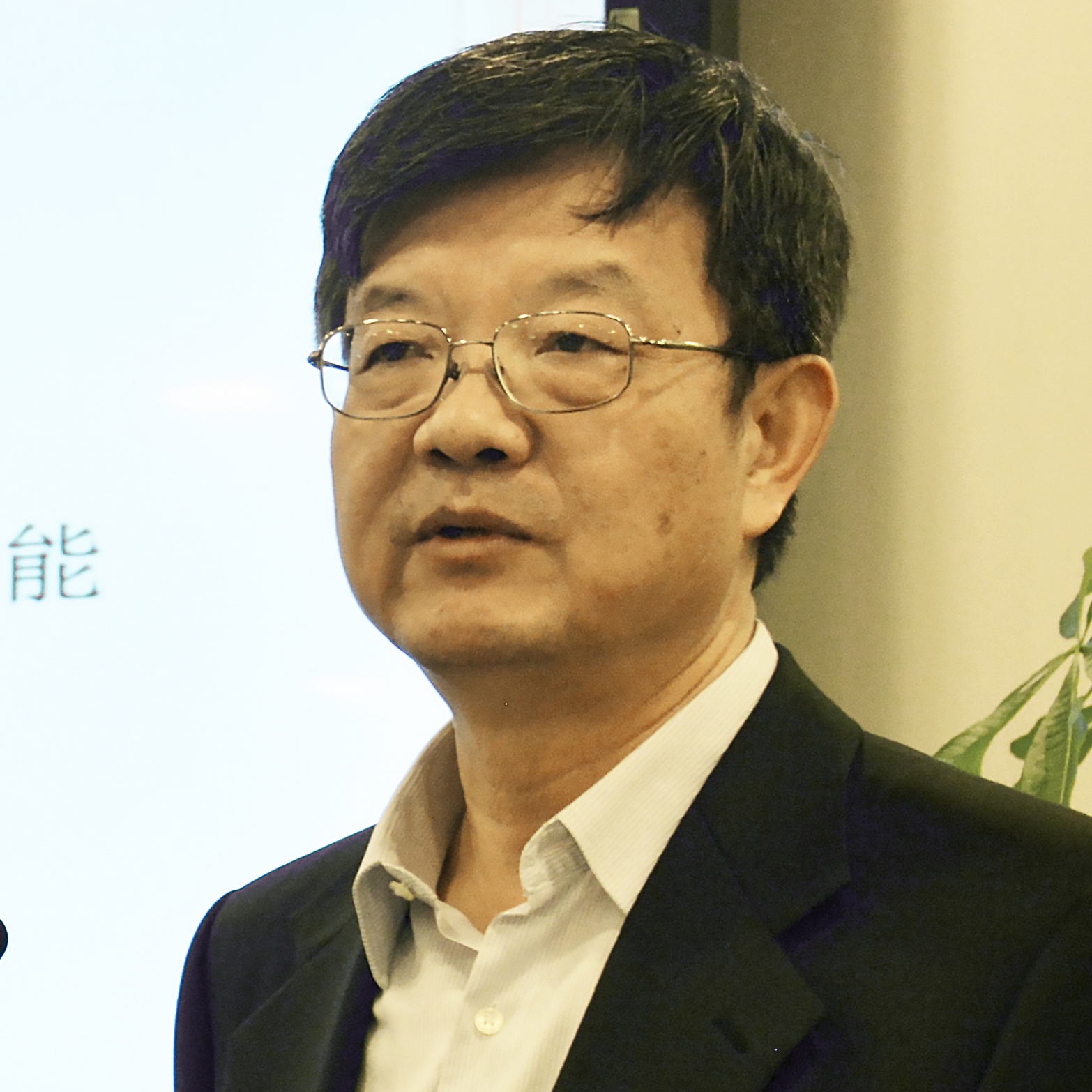

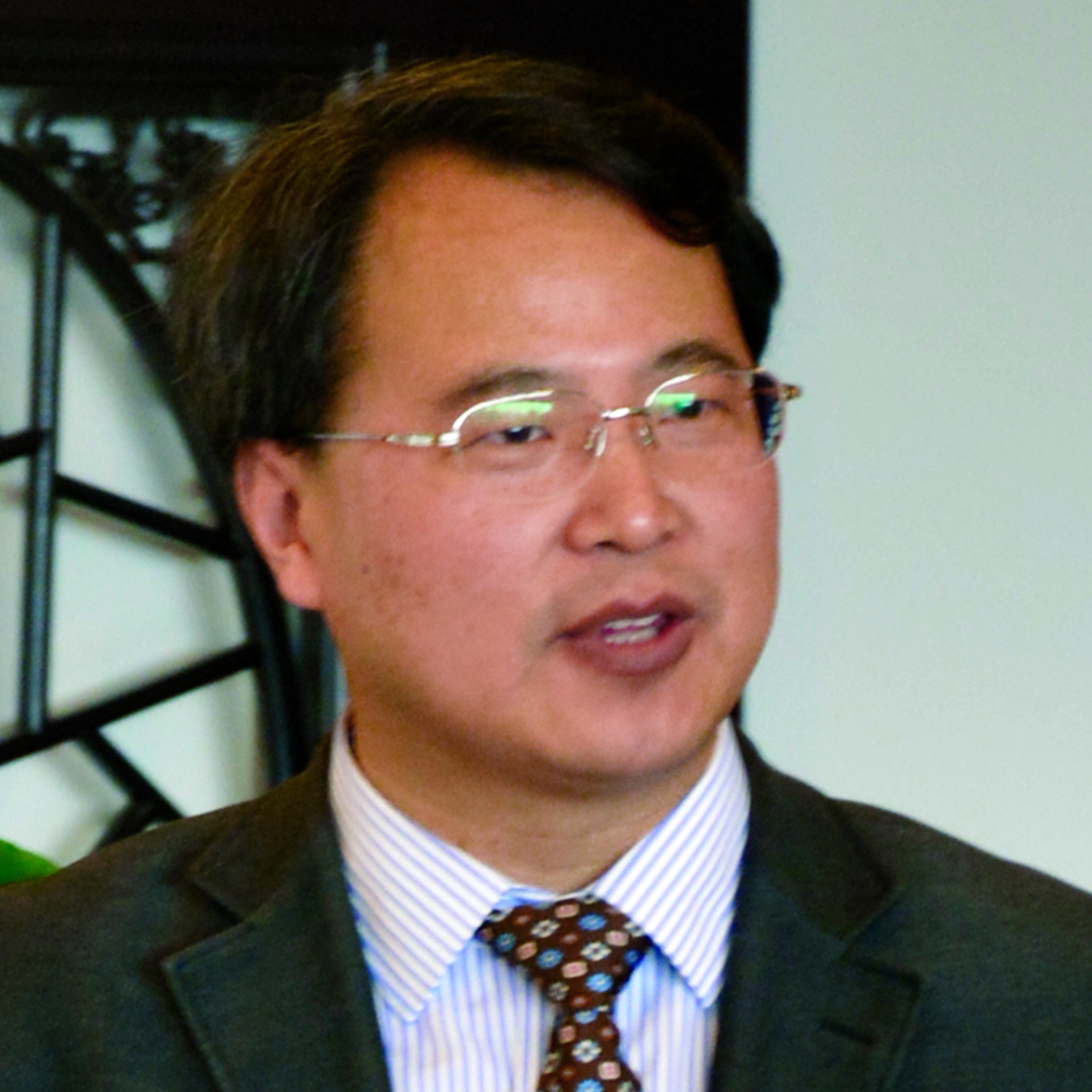
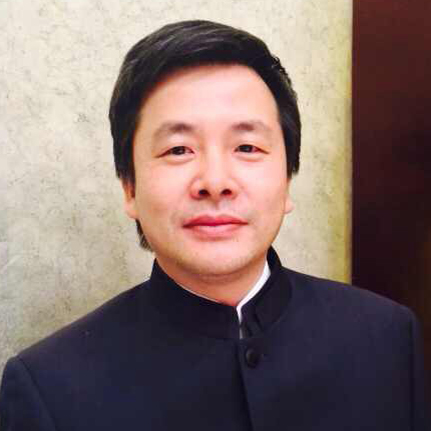
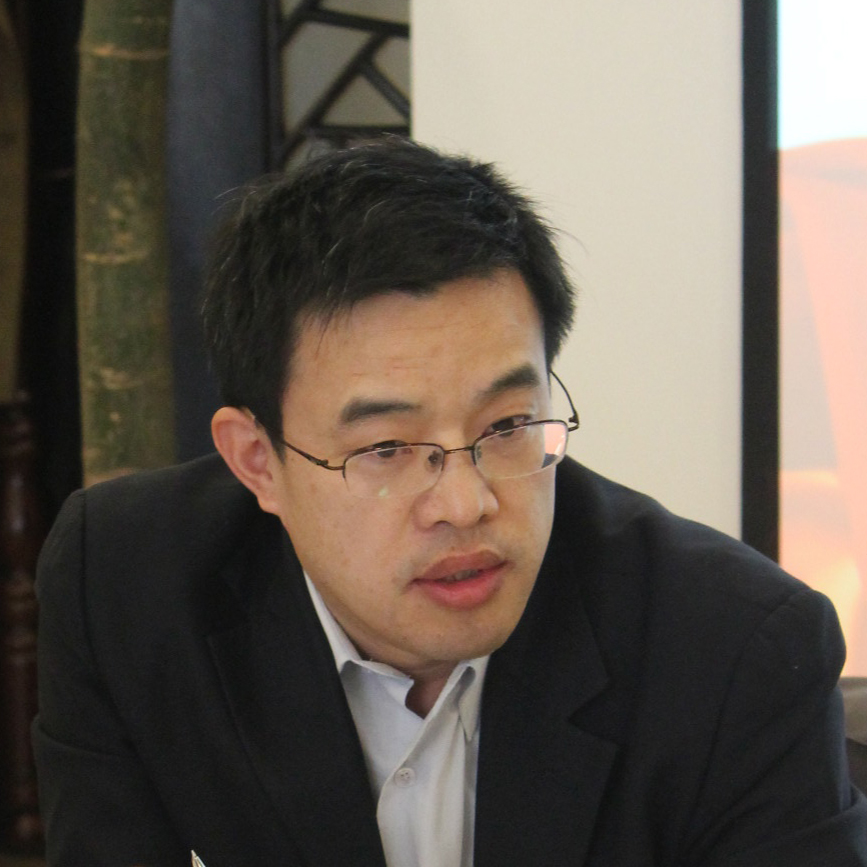
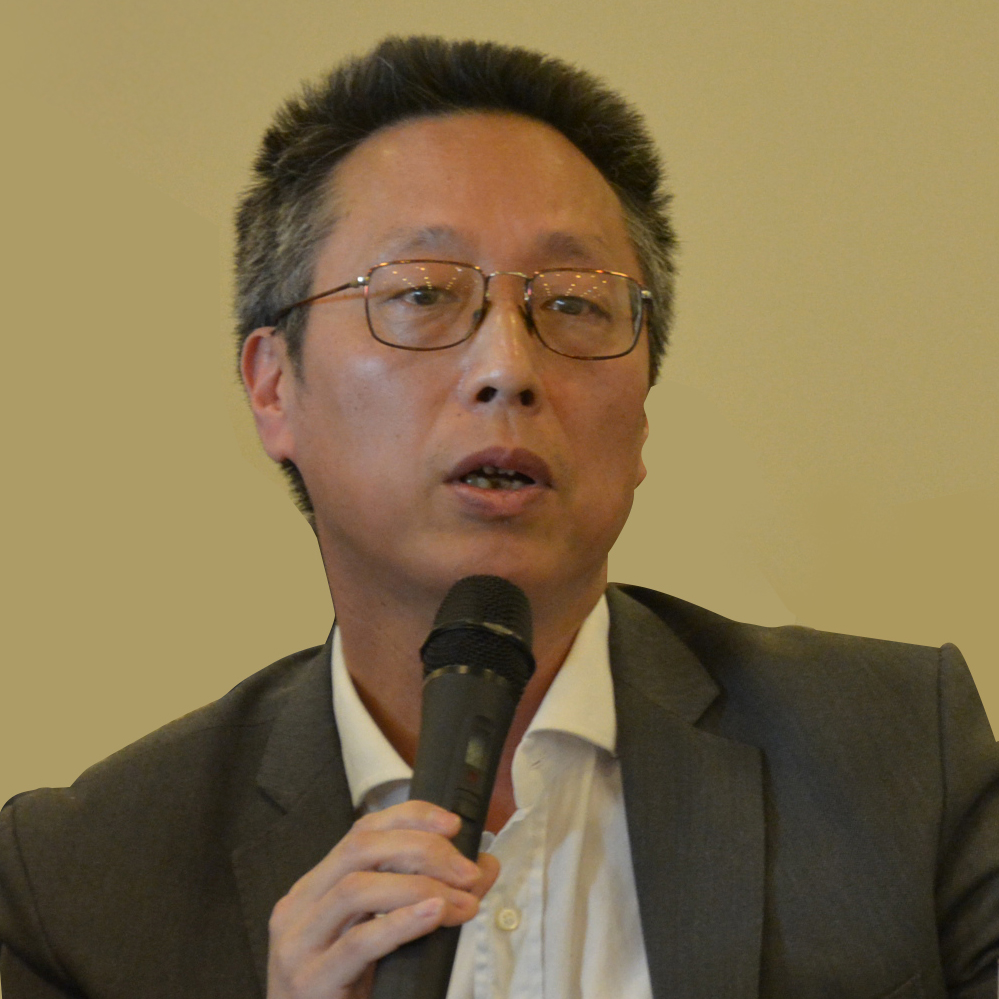
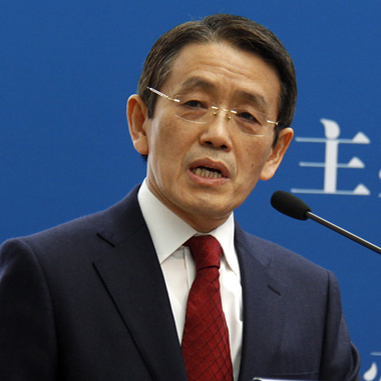

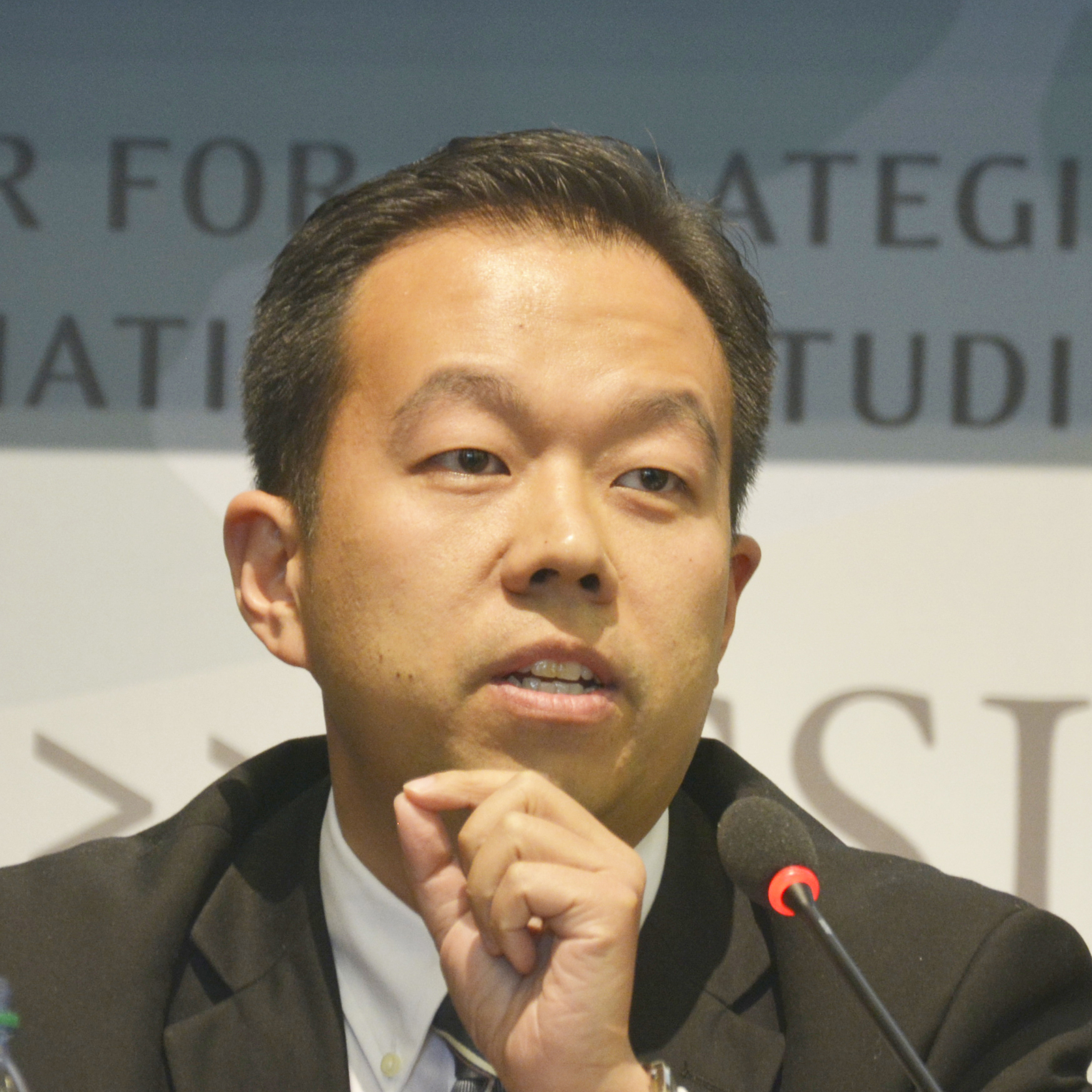
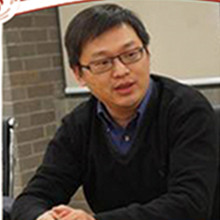
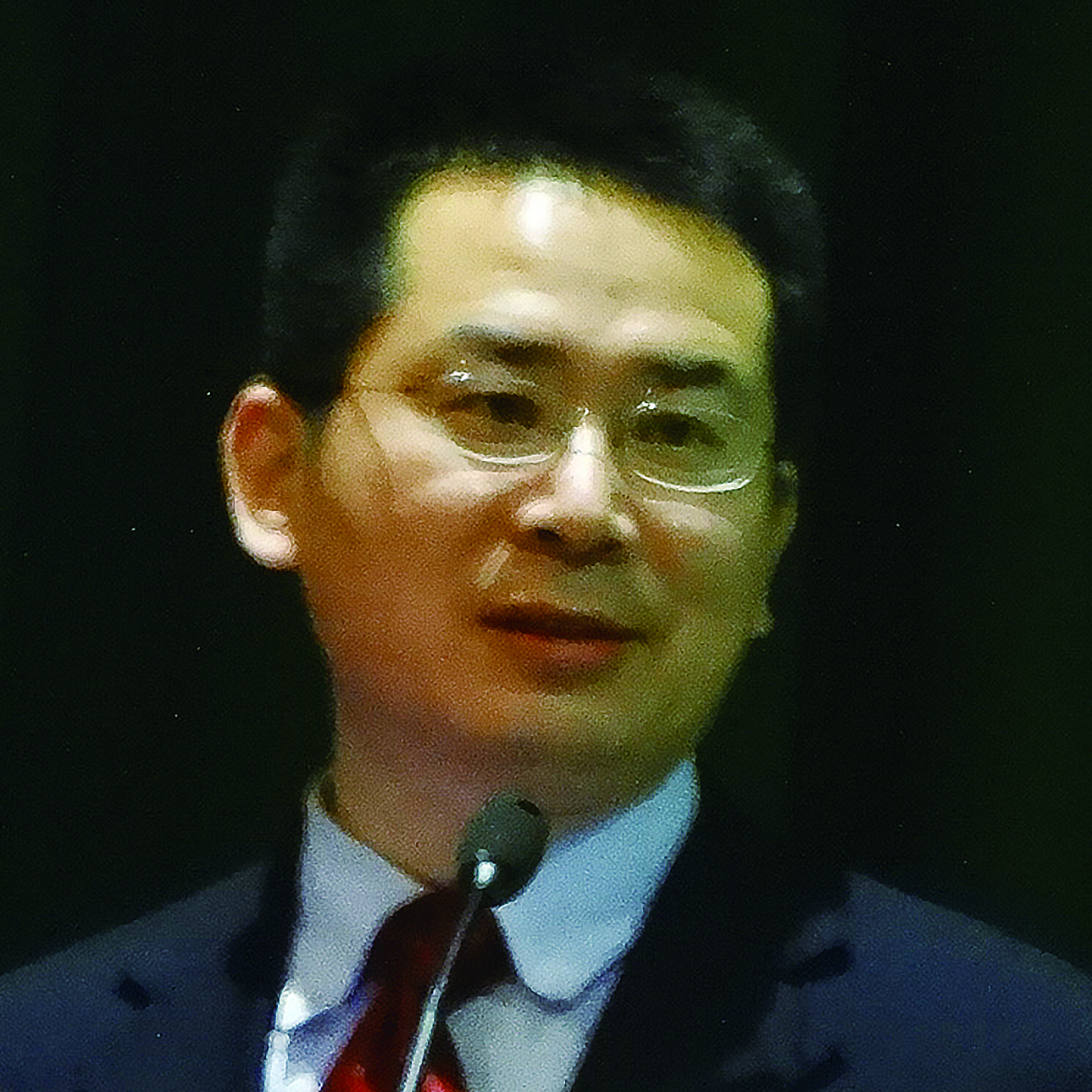
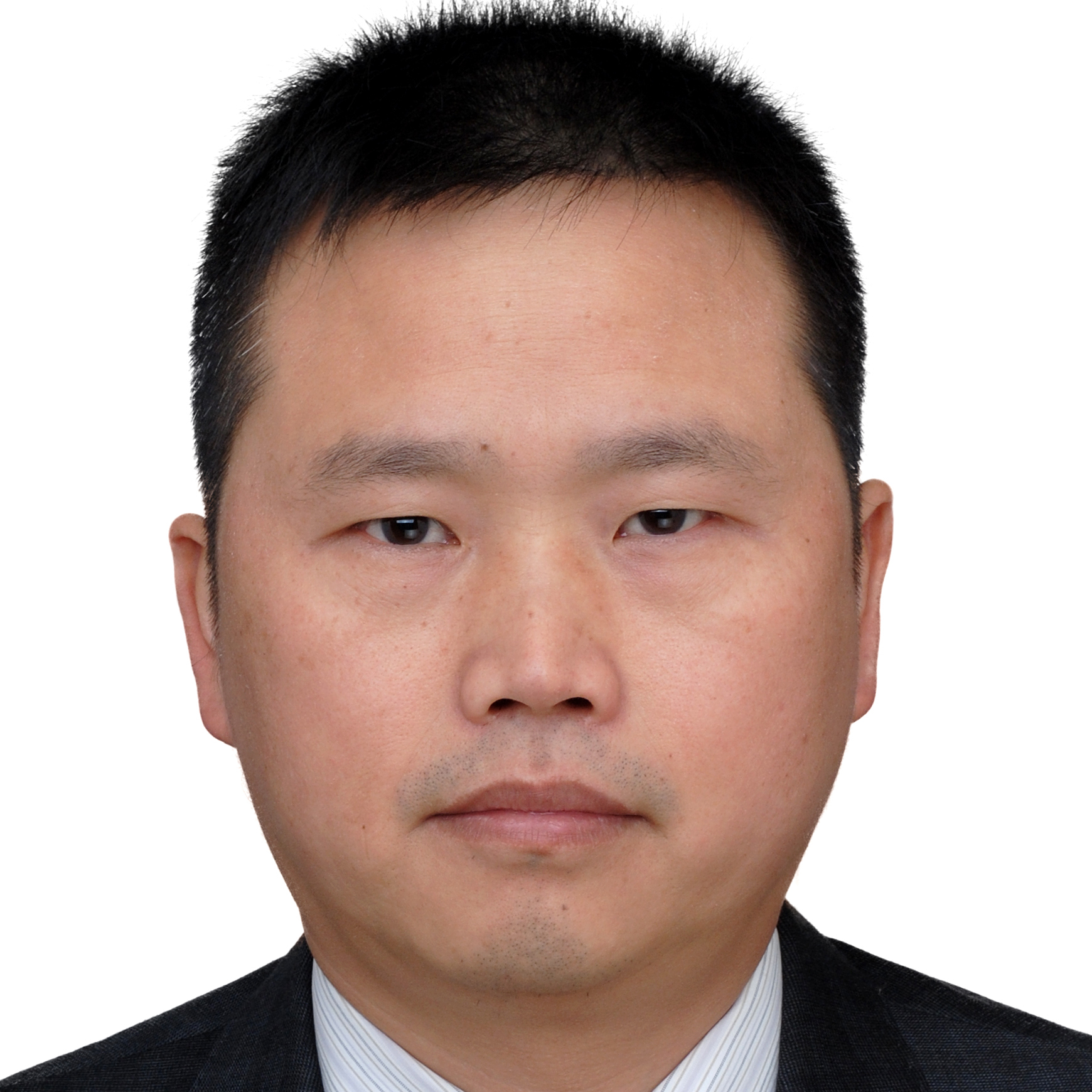
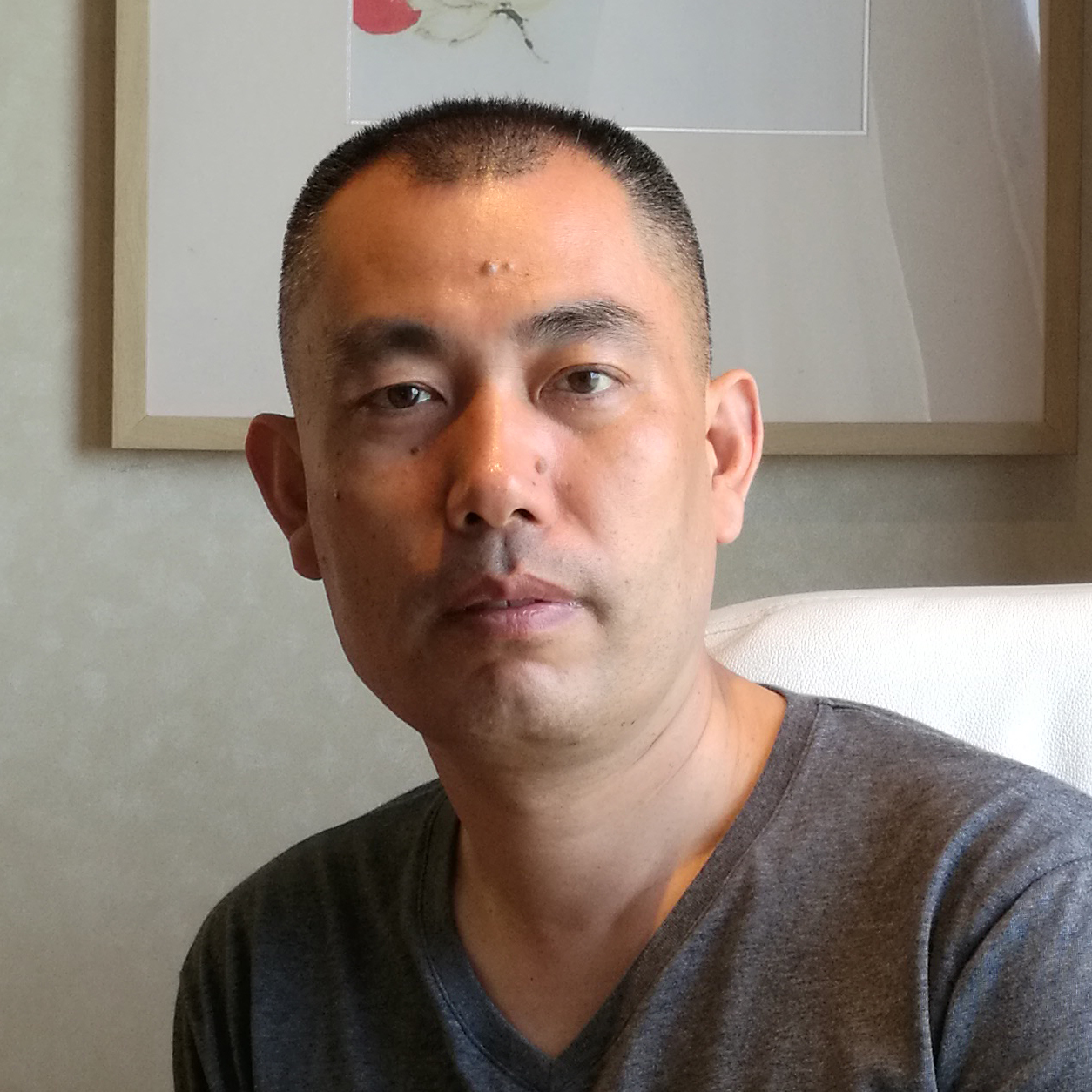
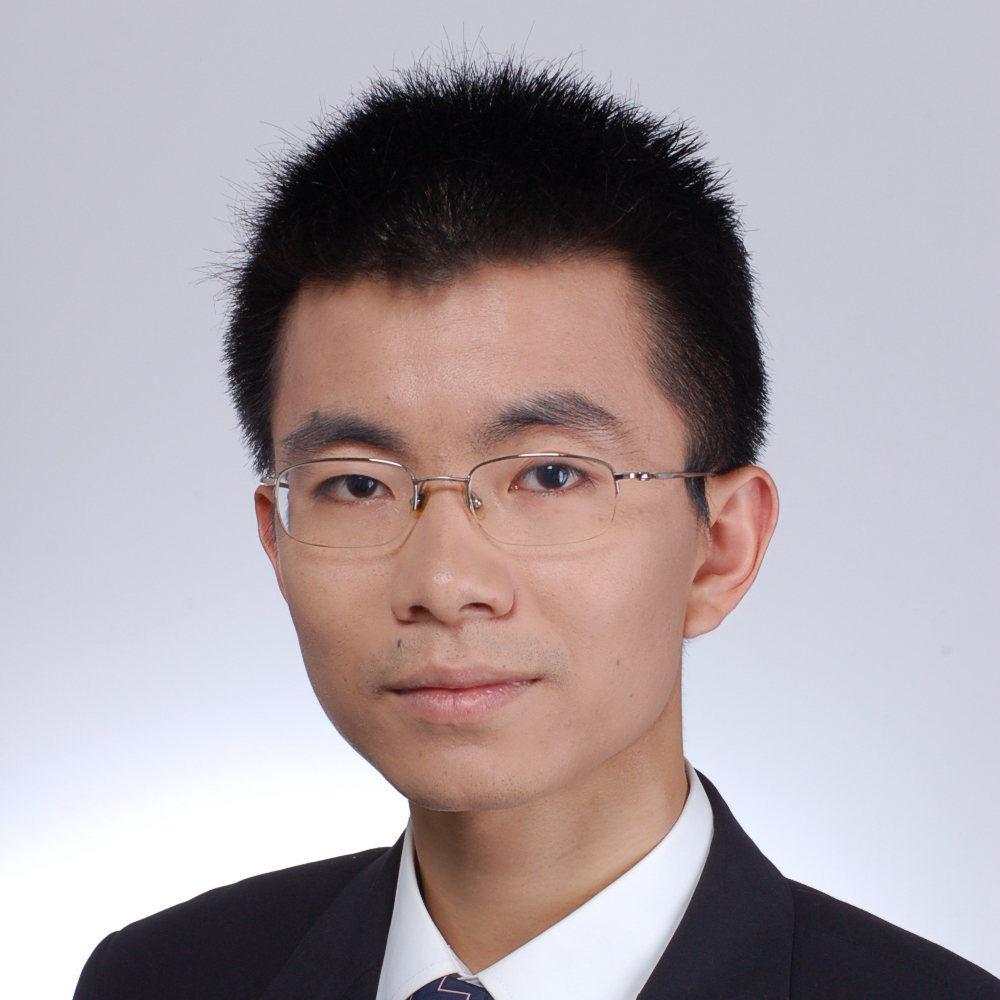
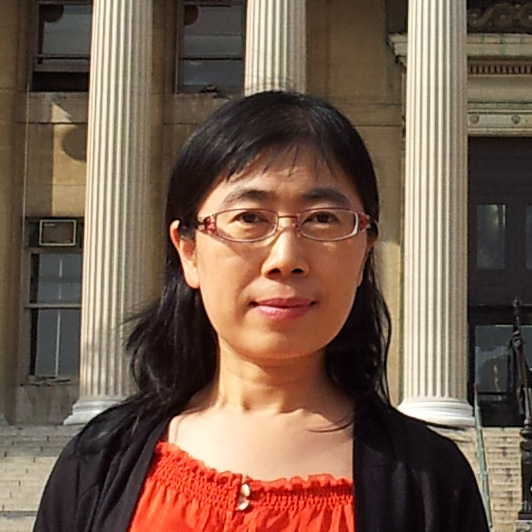
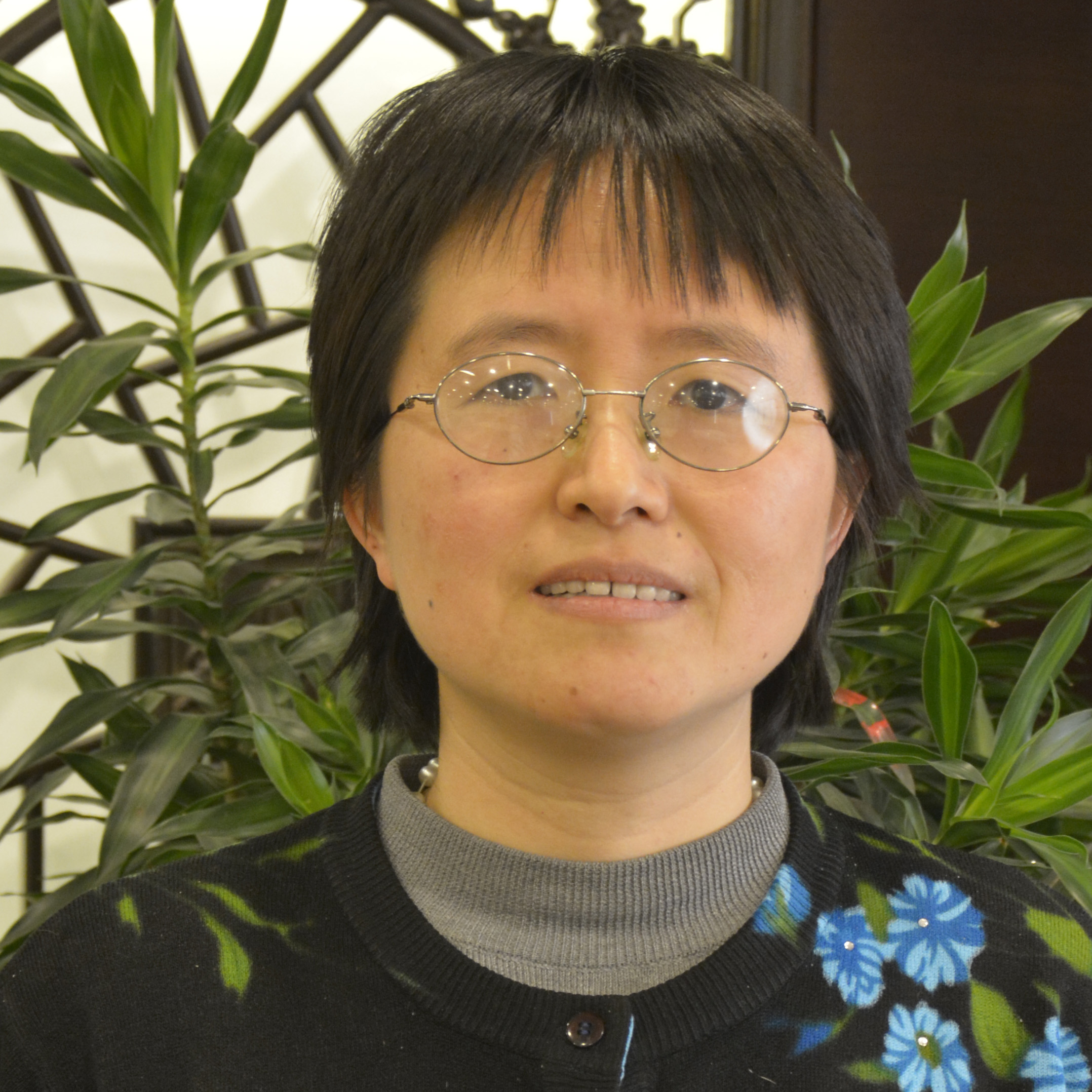


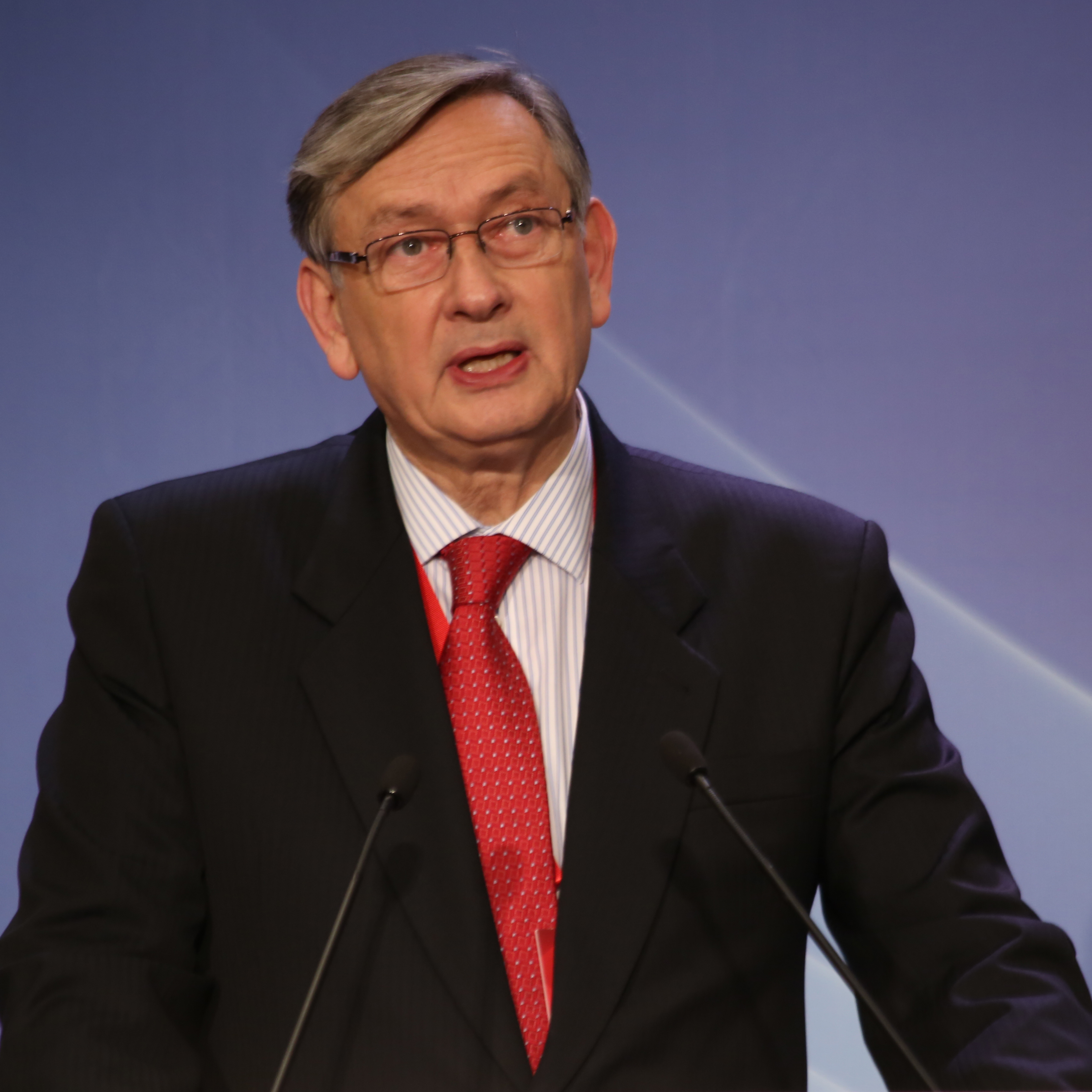
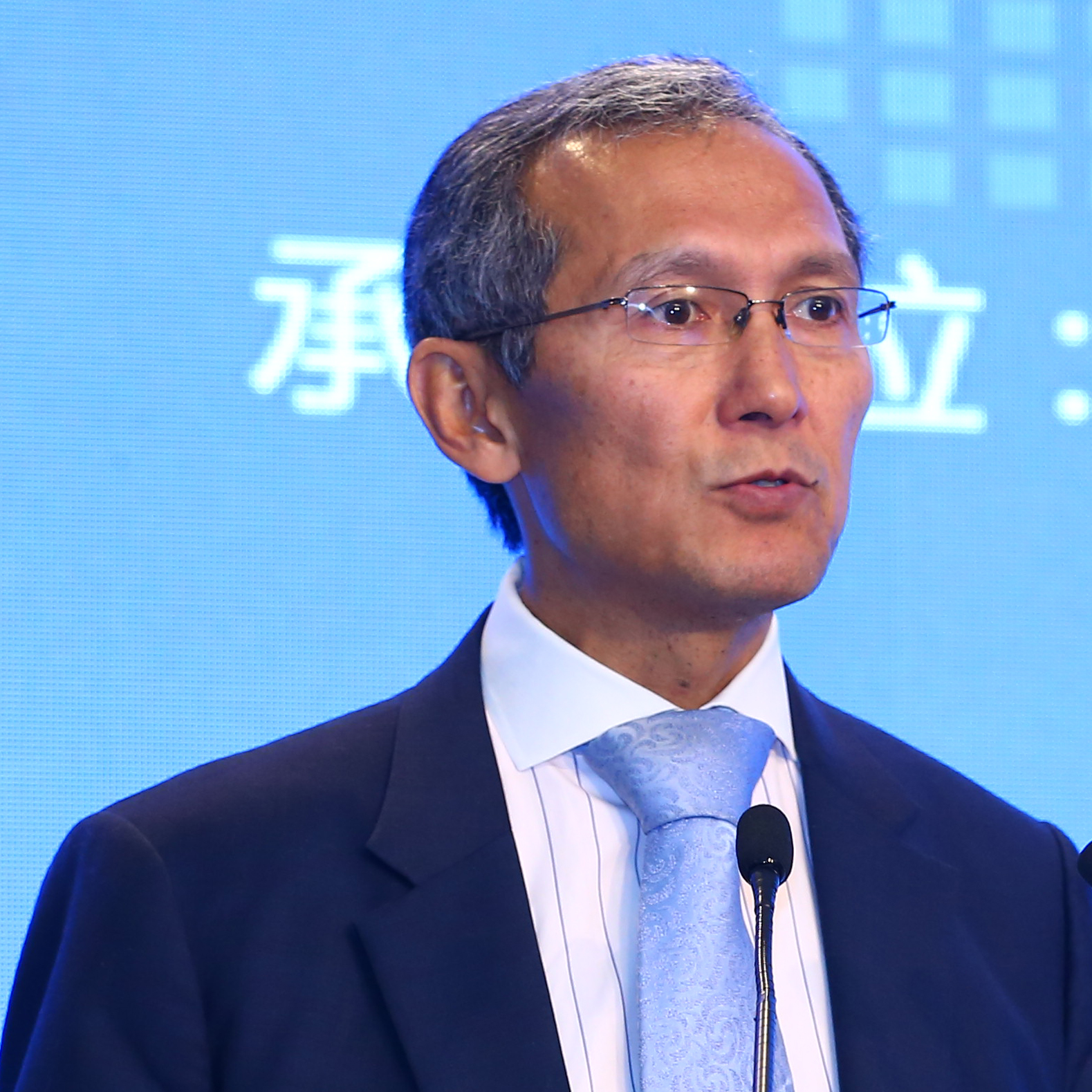
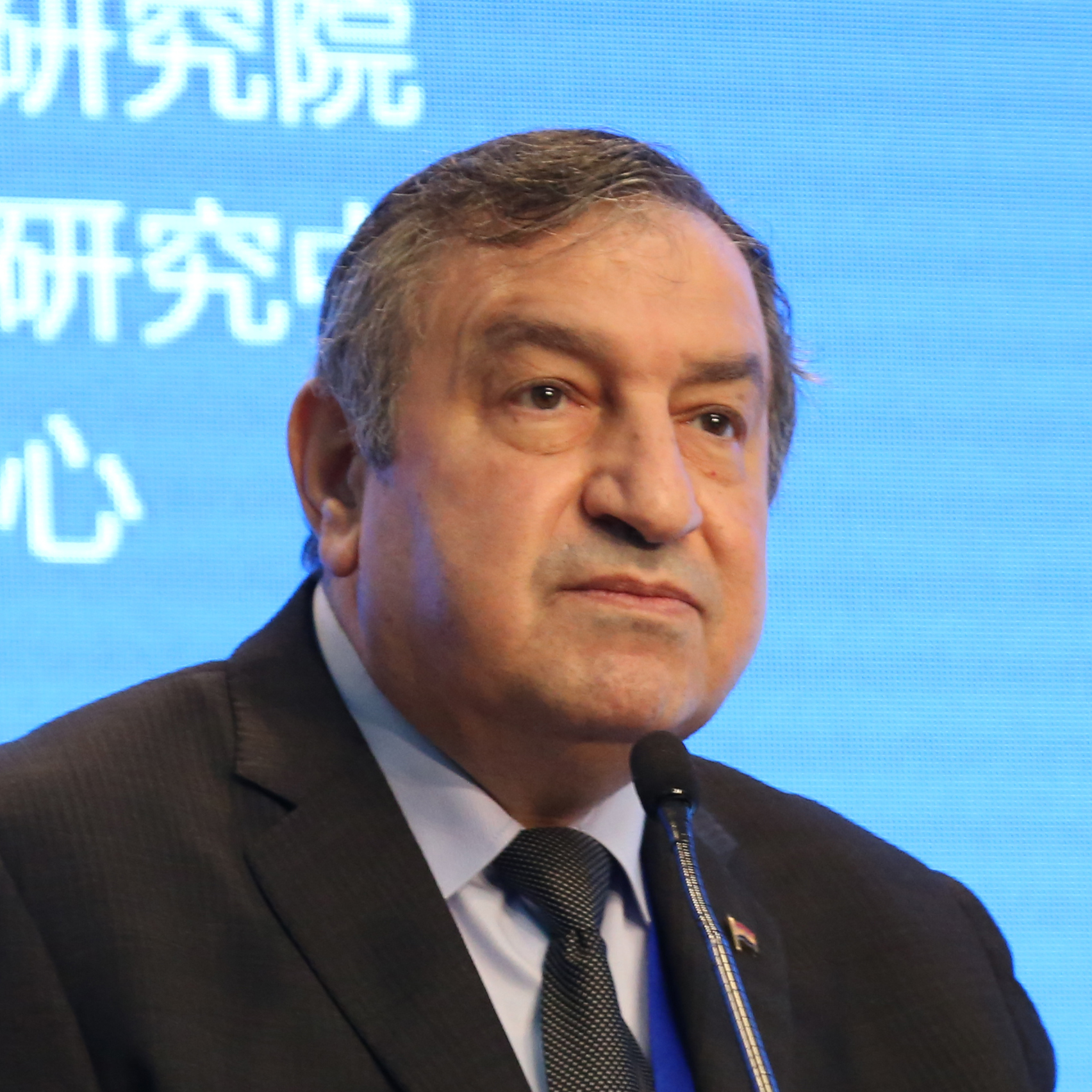

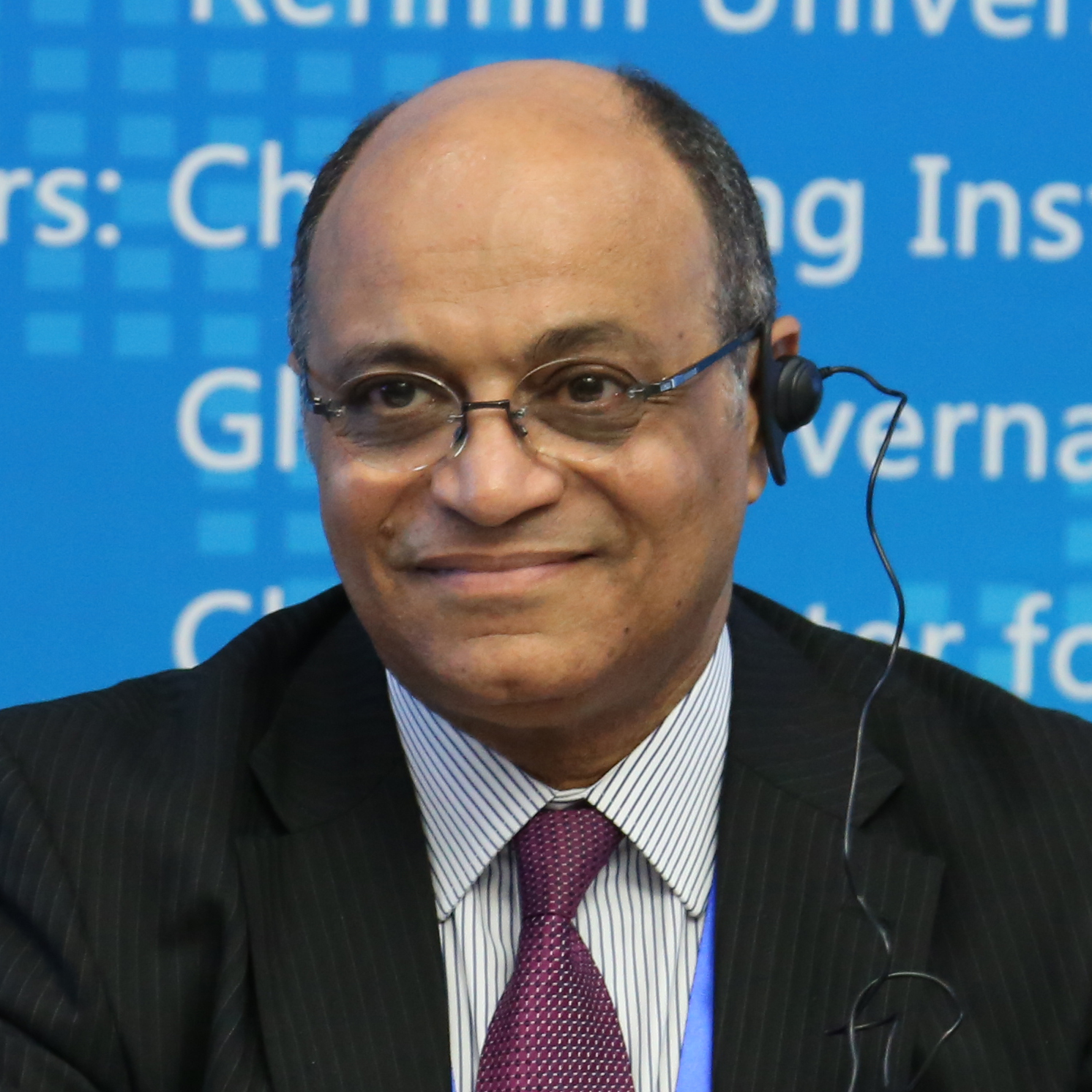




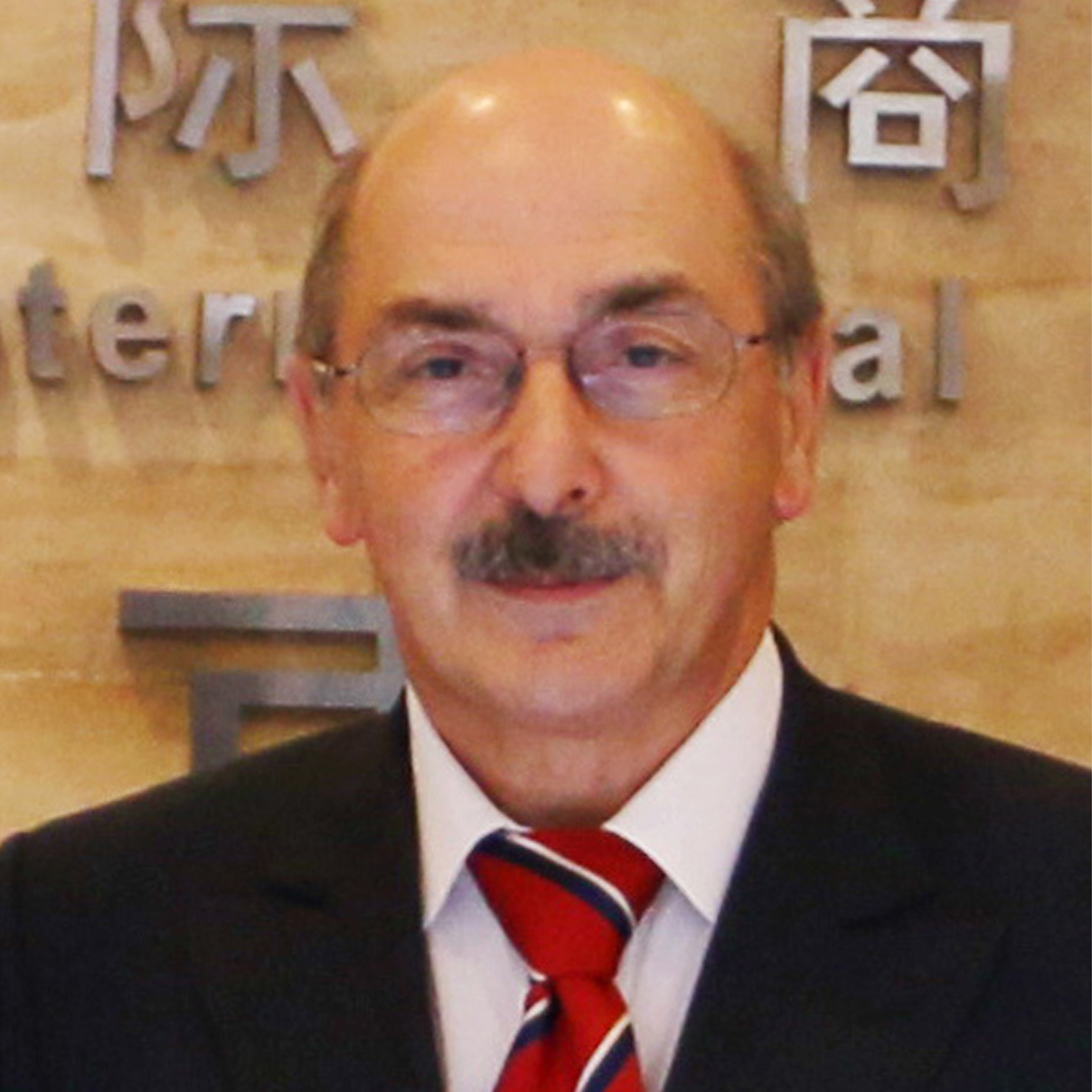


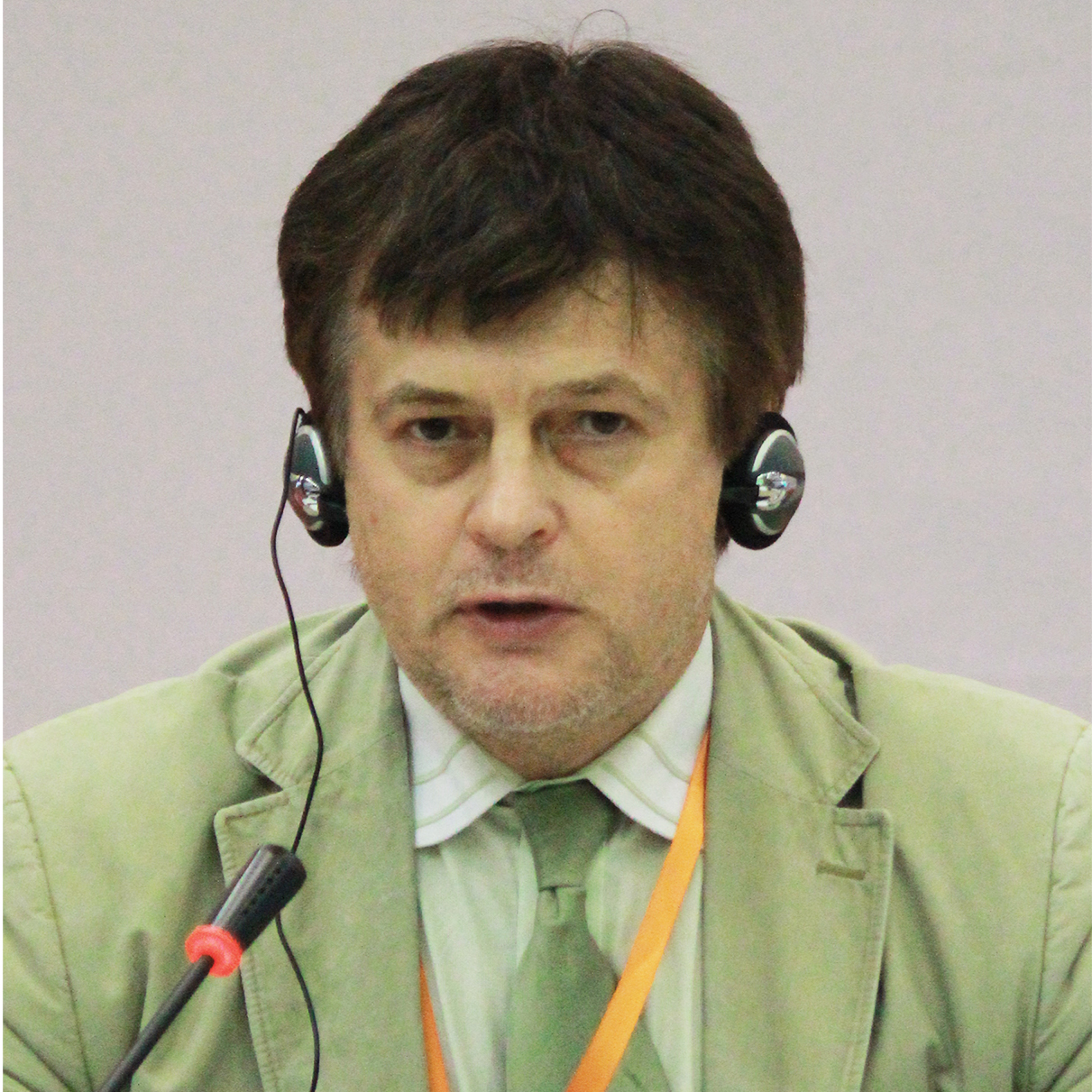


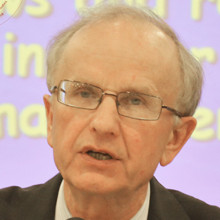
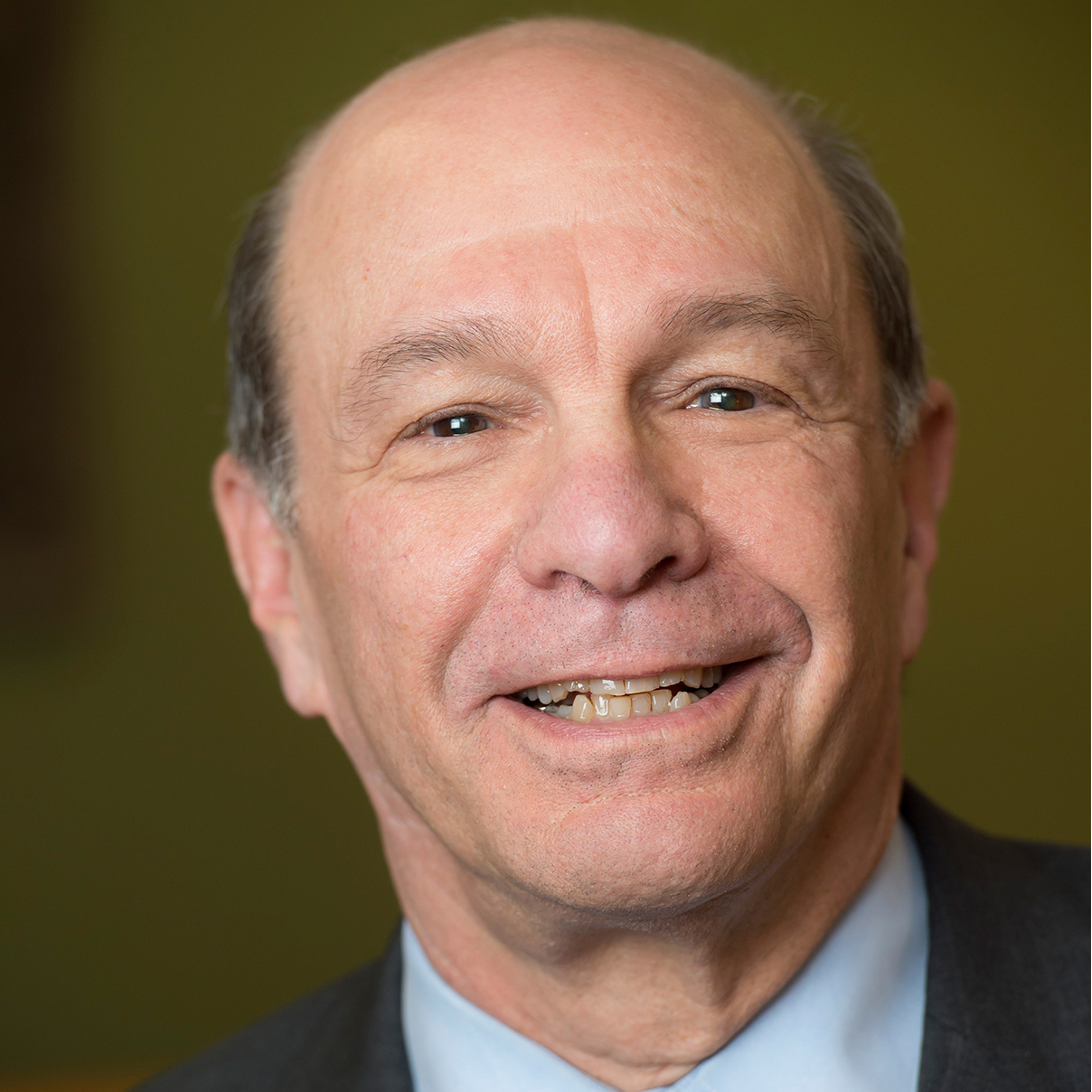
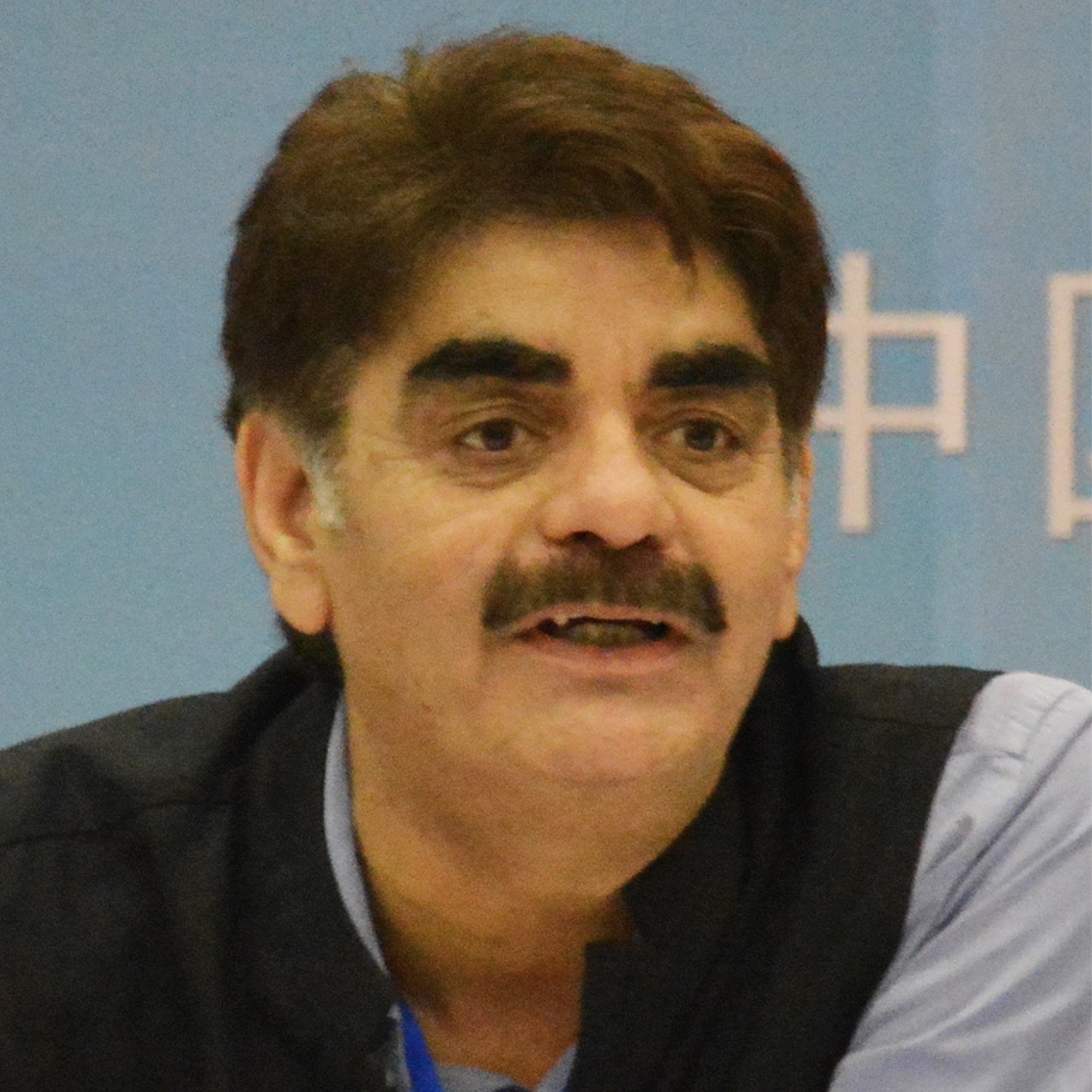
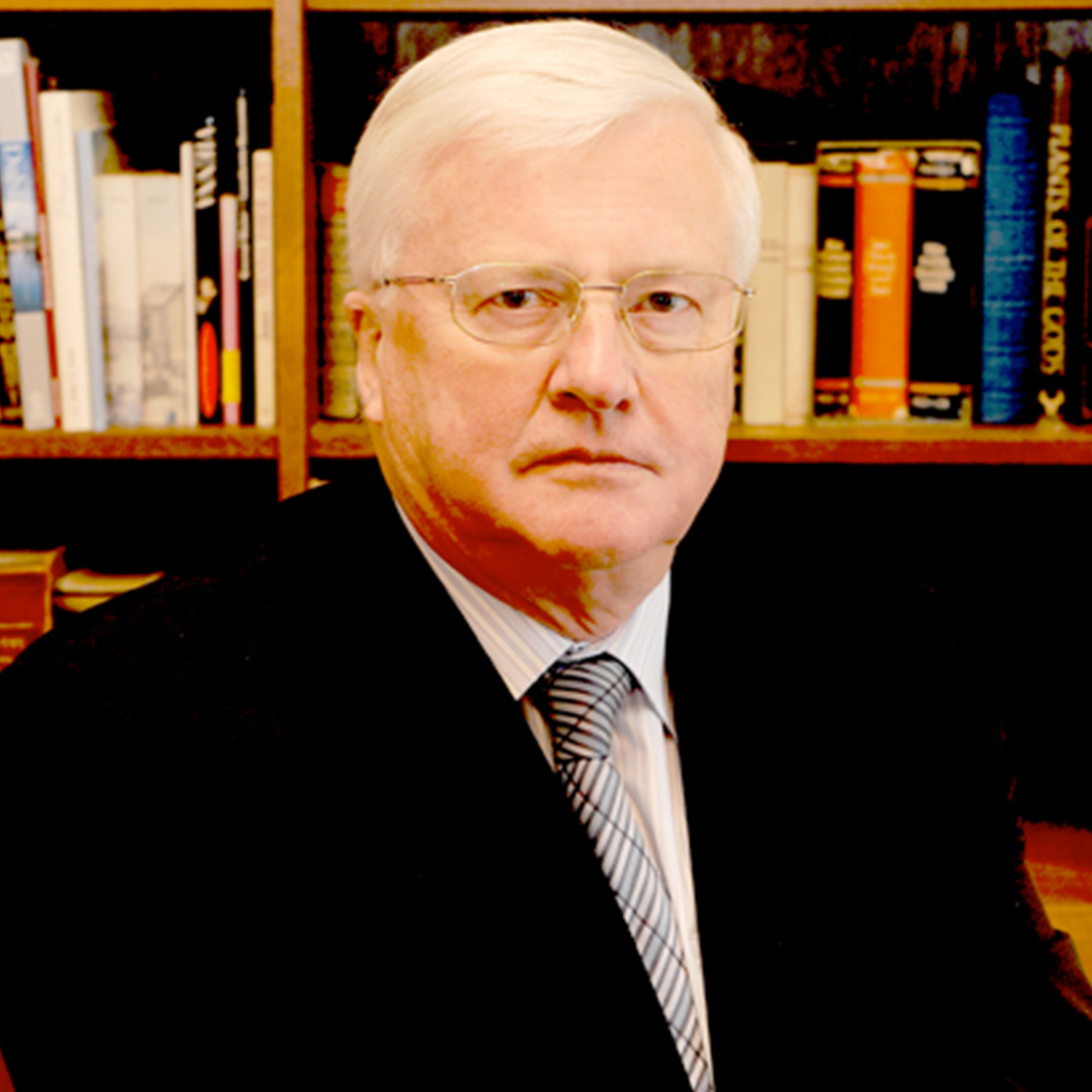
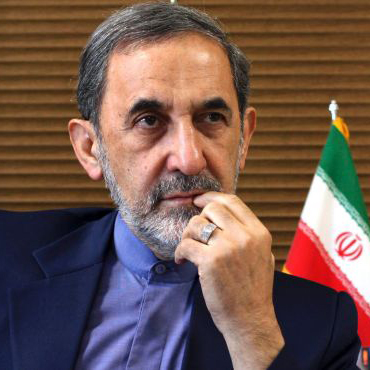


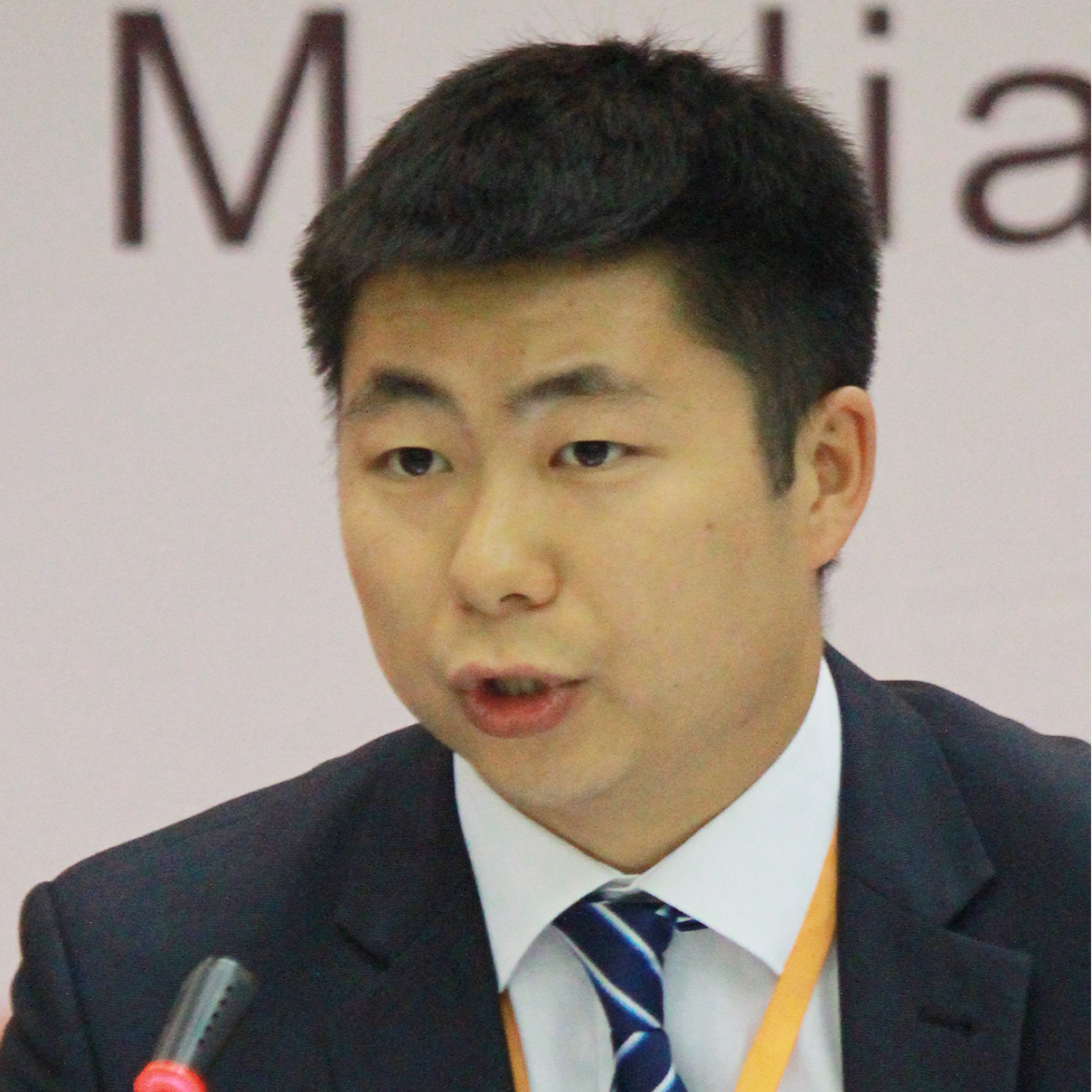
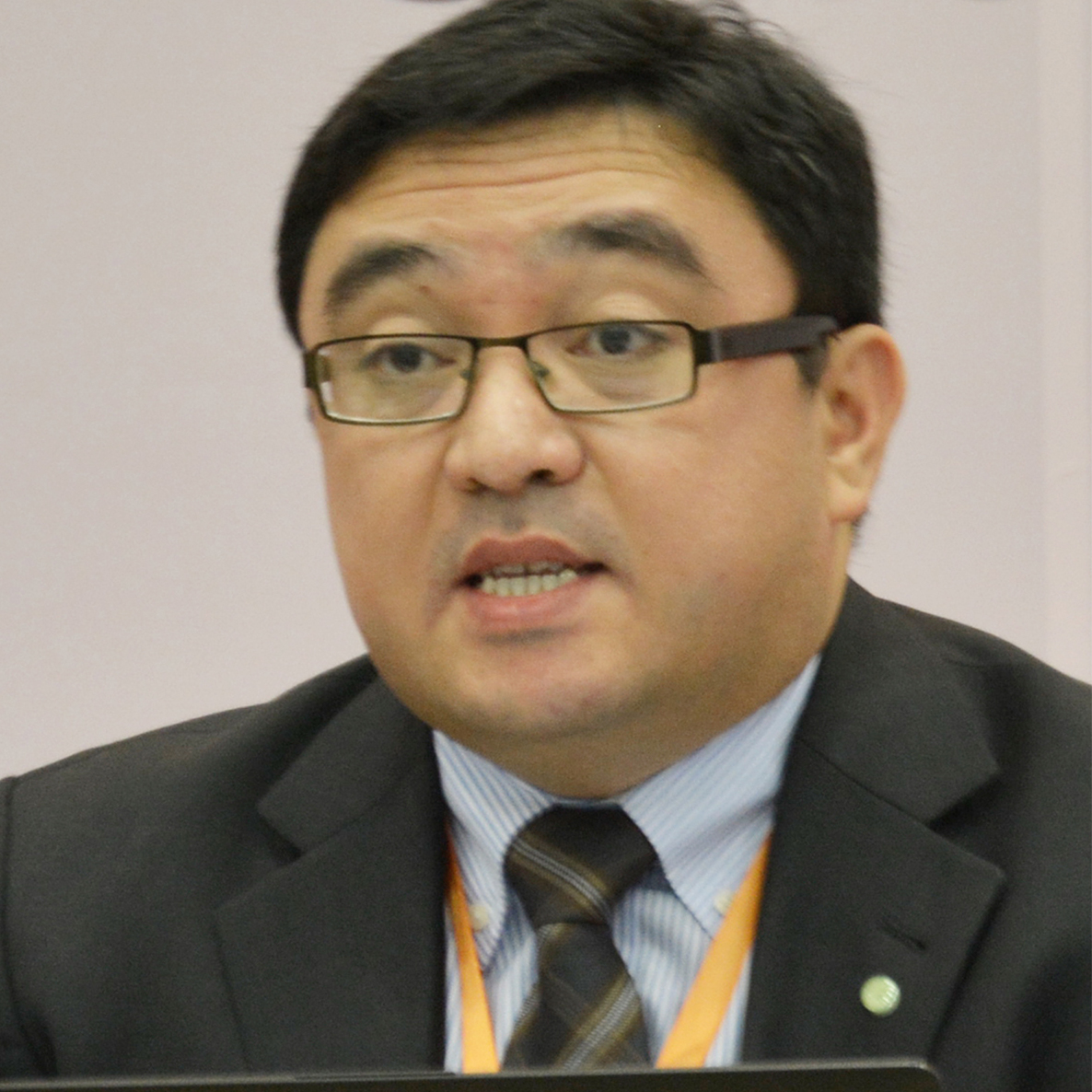
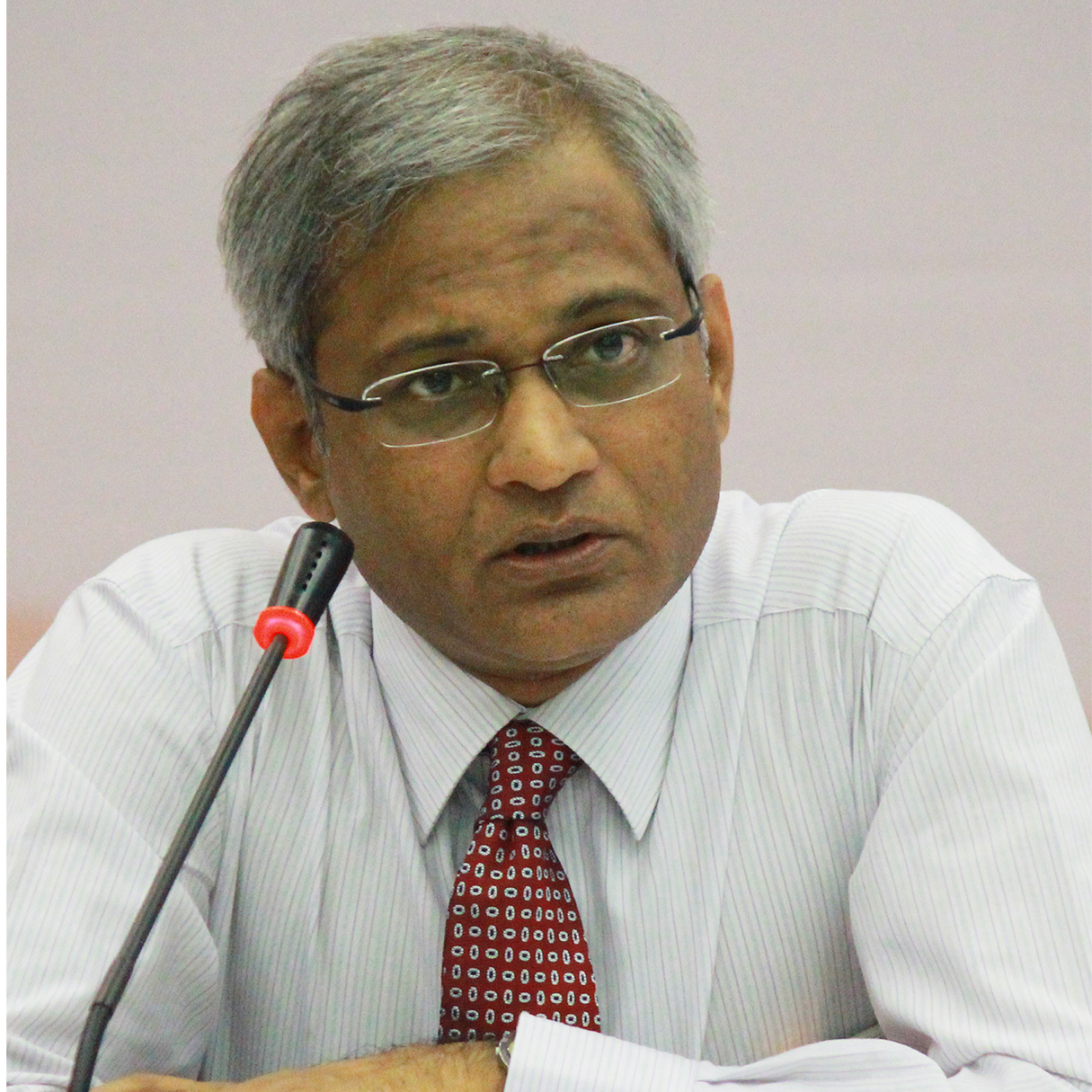








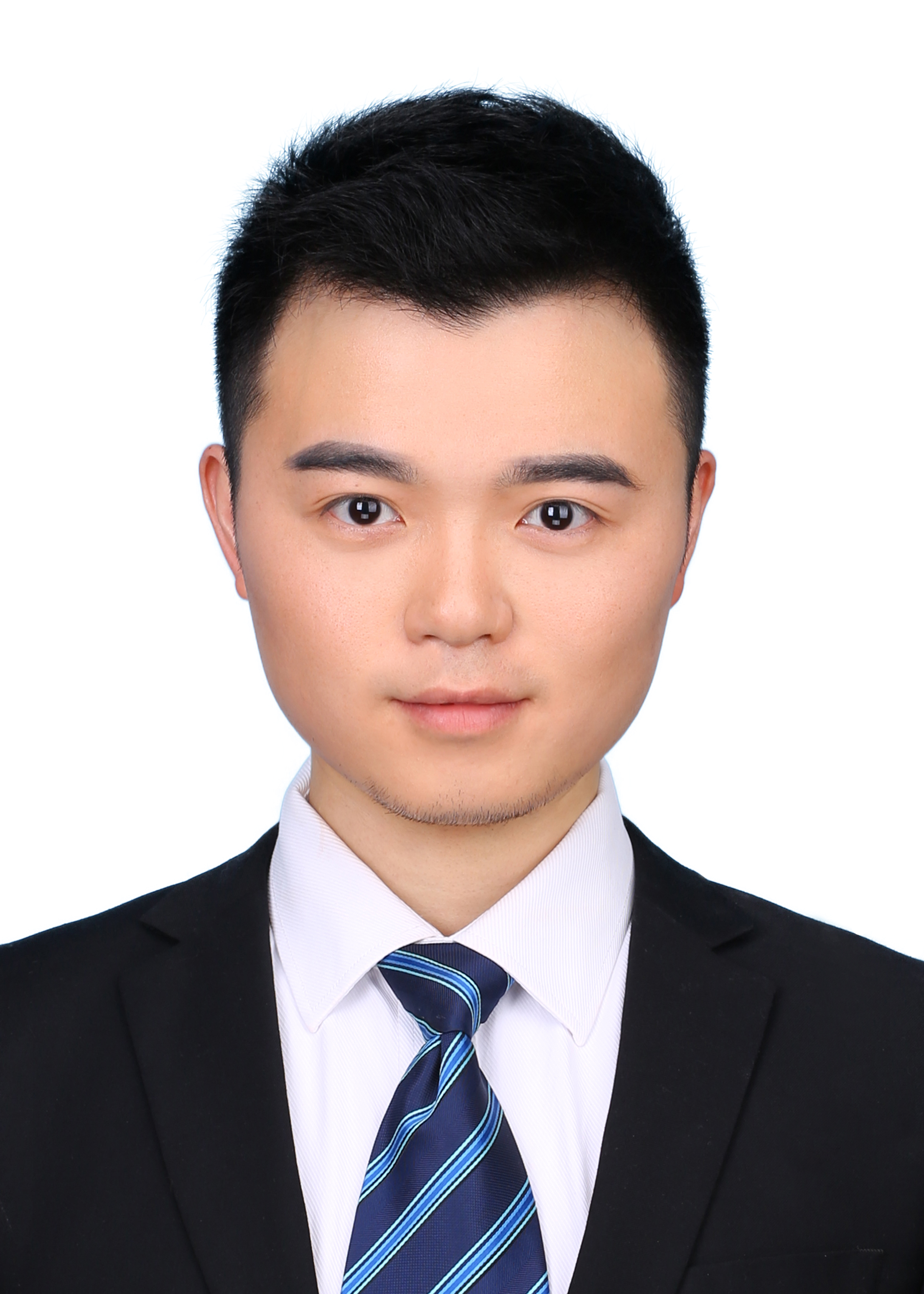

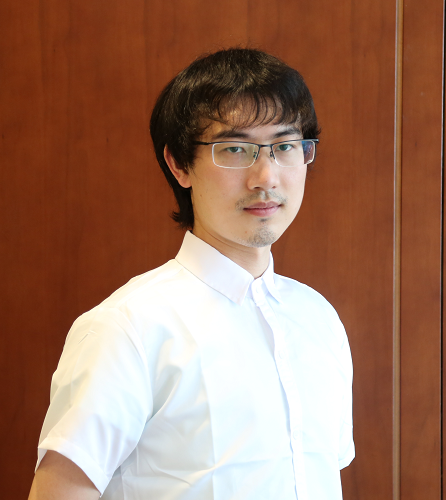
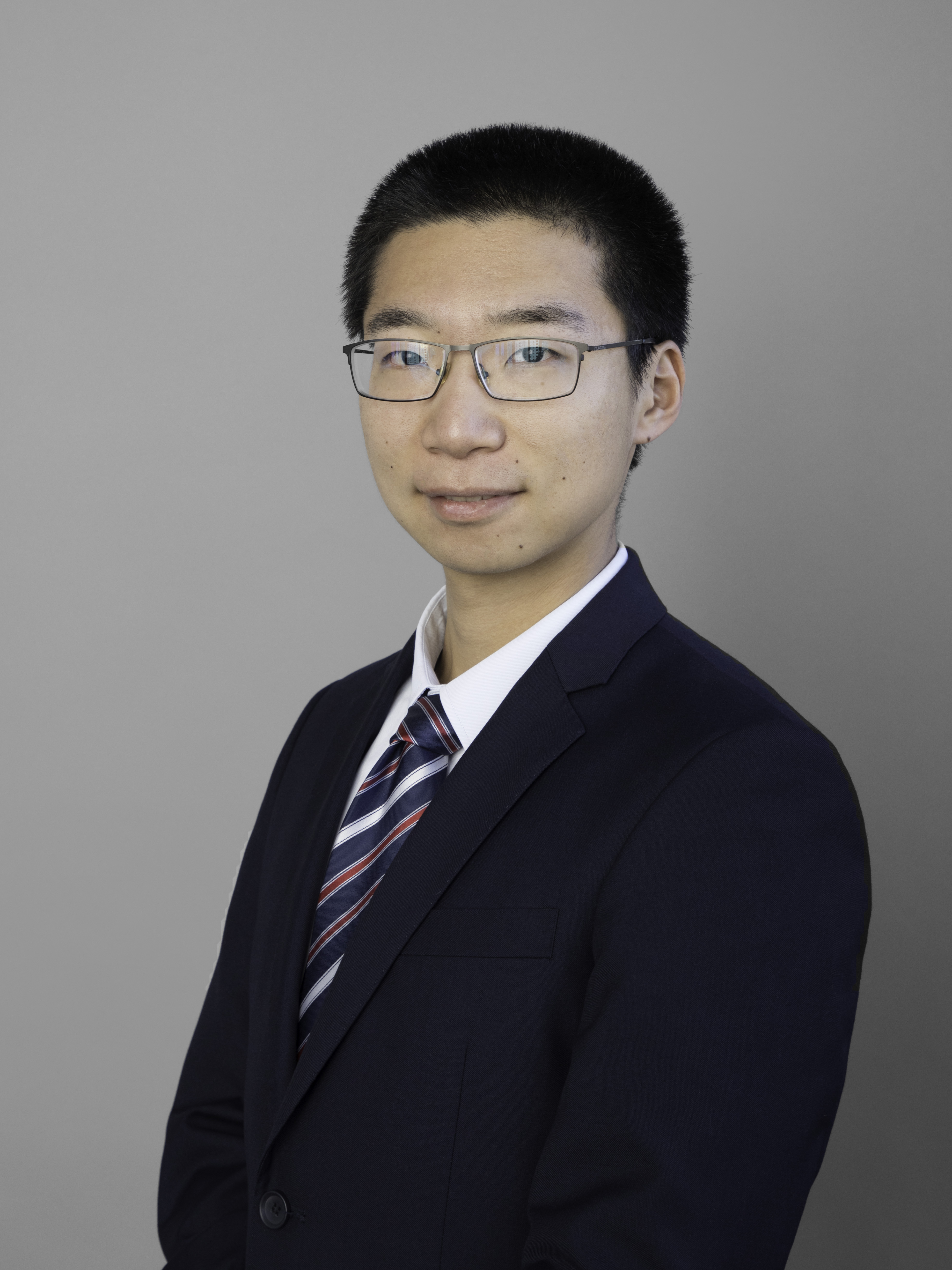

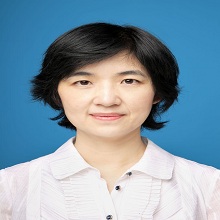


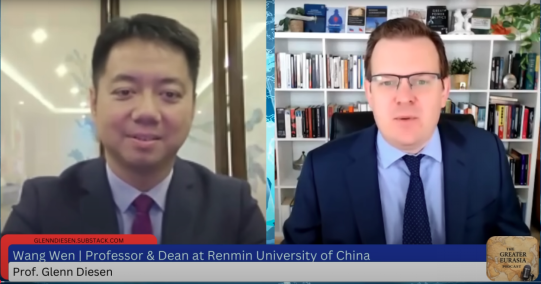
 京公网安备 11010802037854号
京公网安备 11010802037854号





